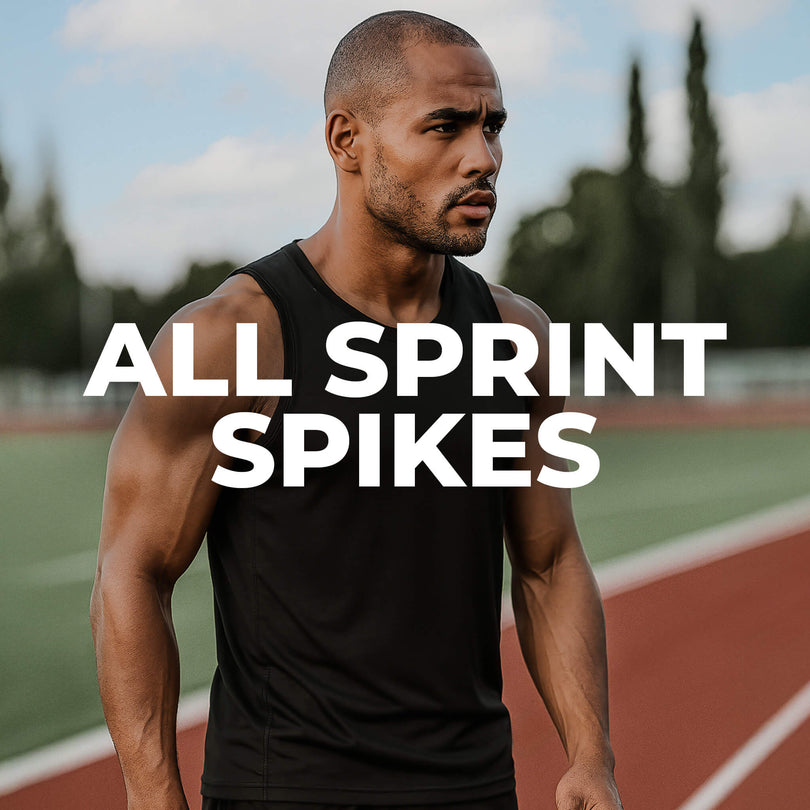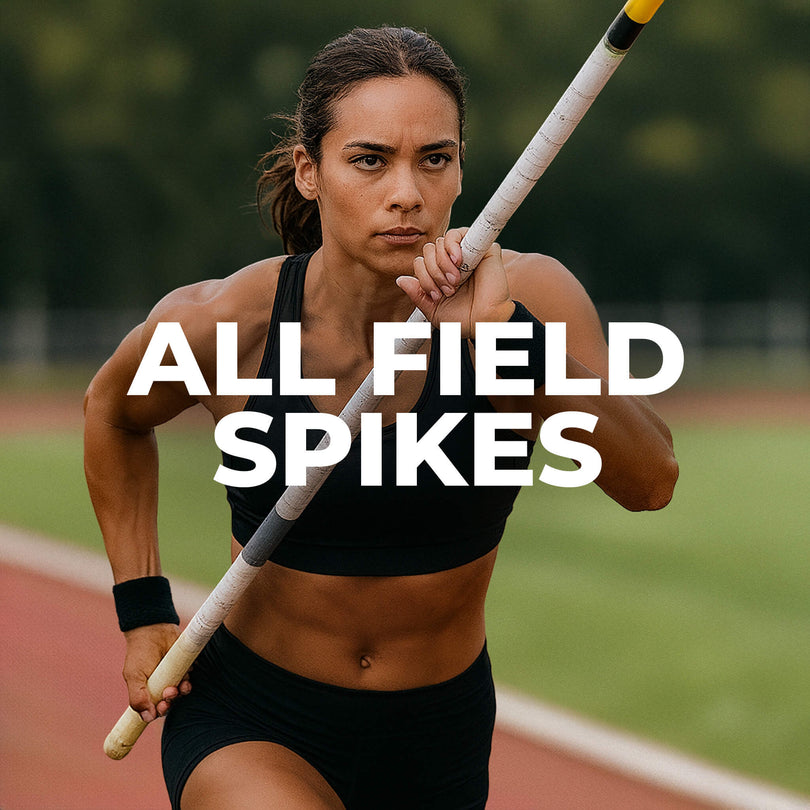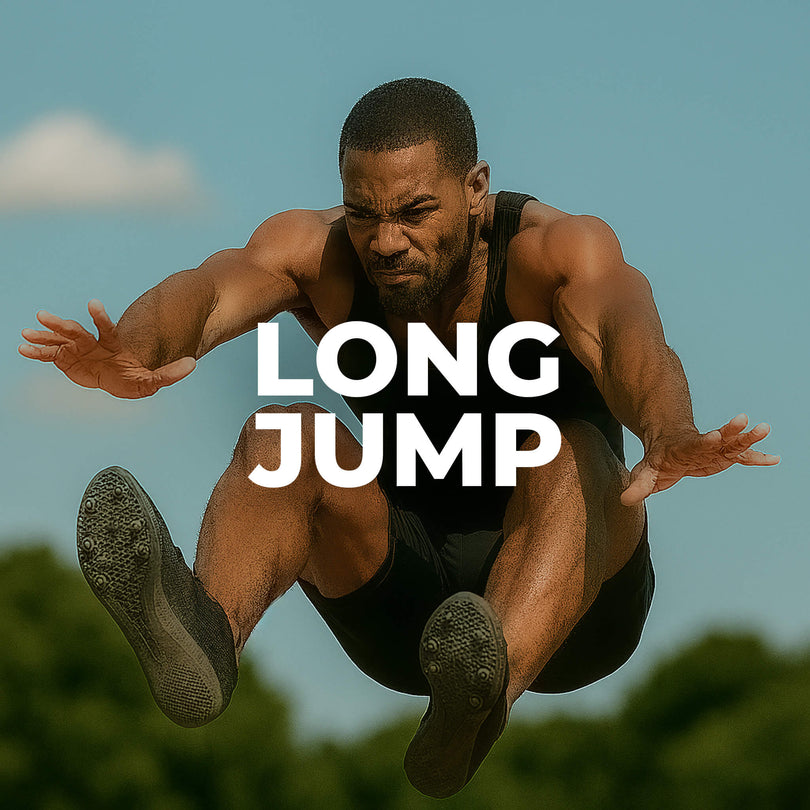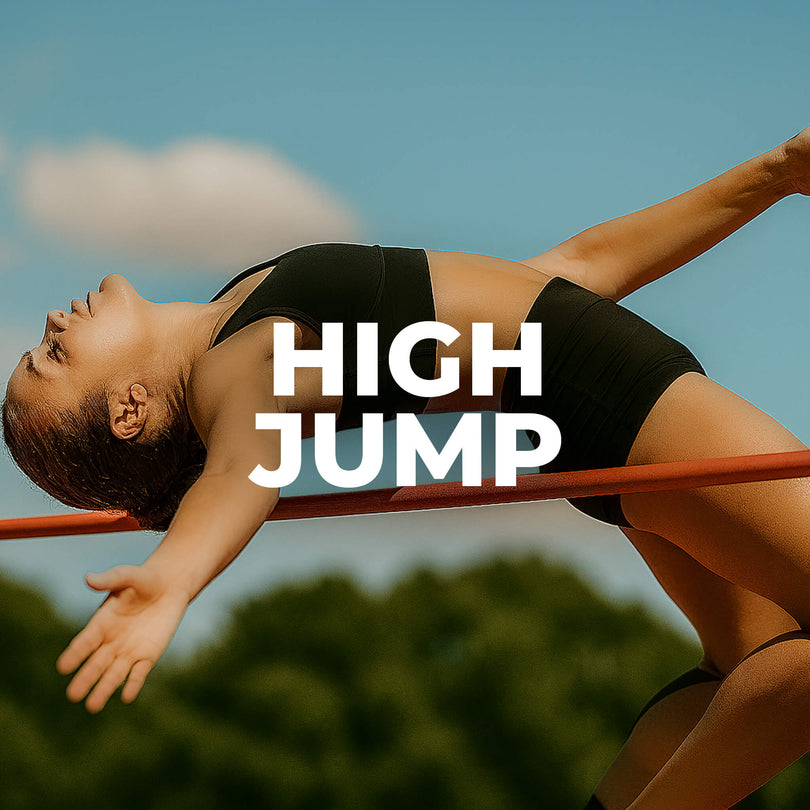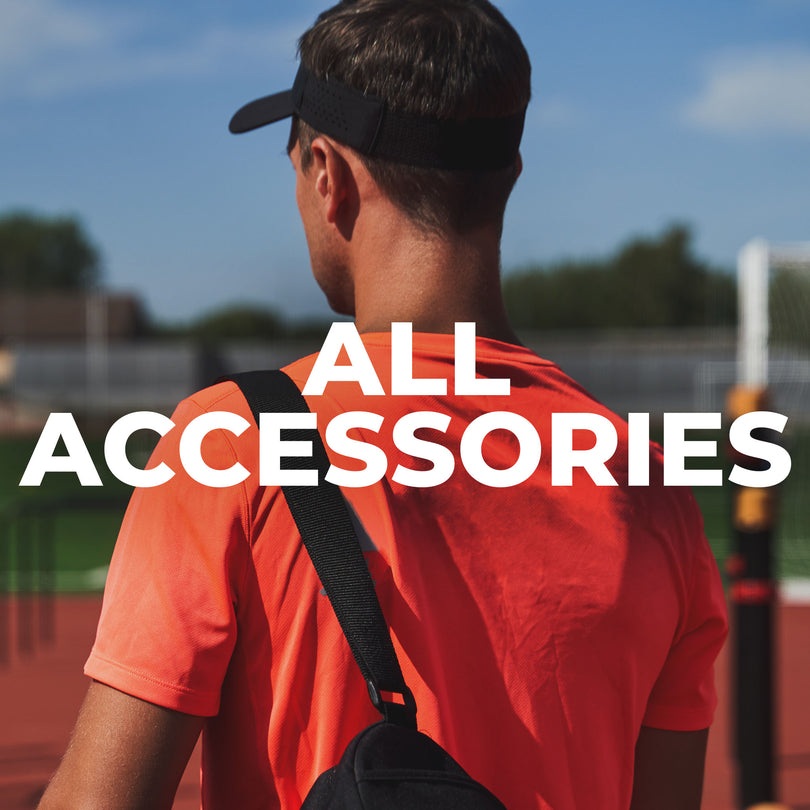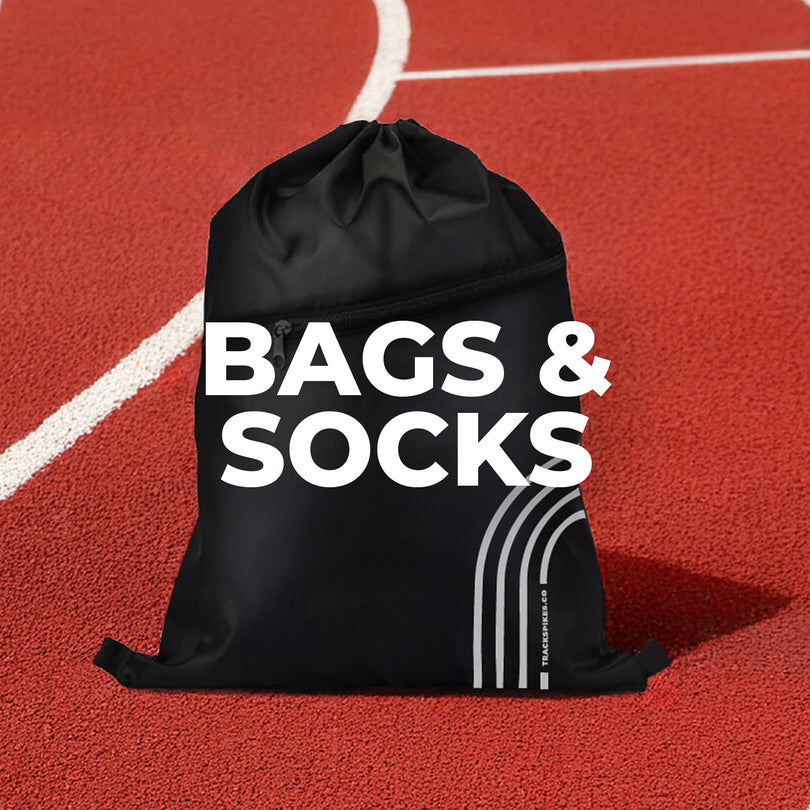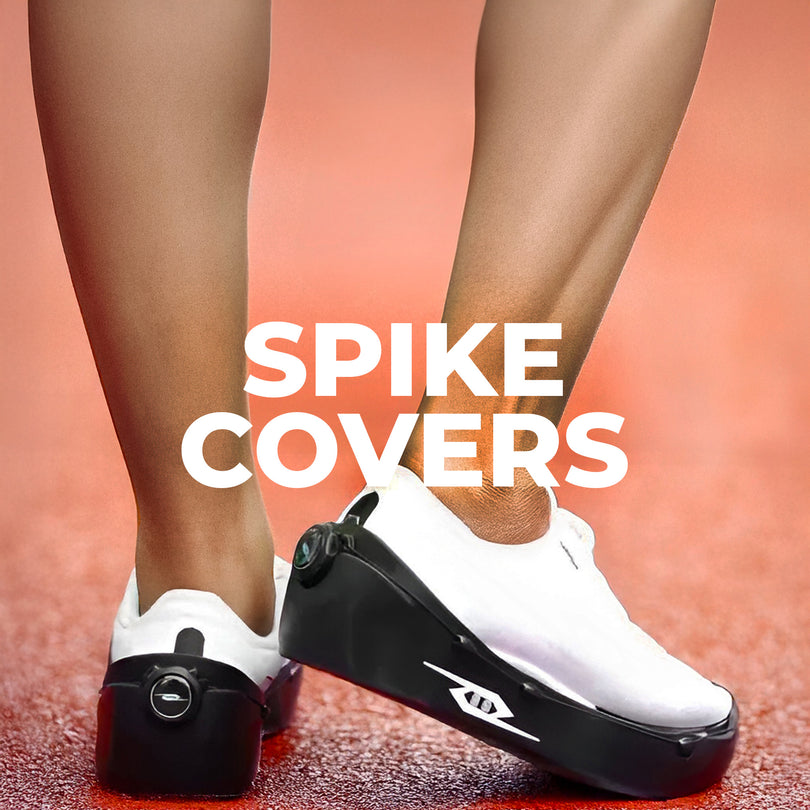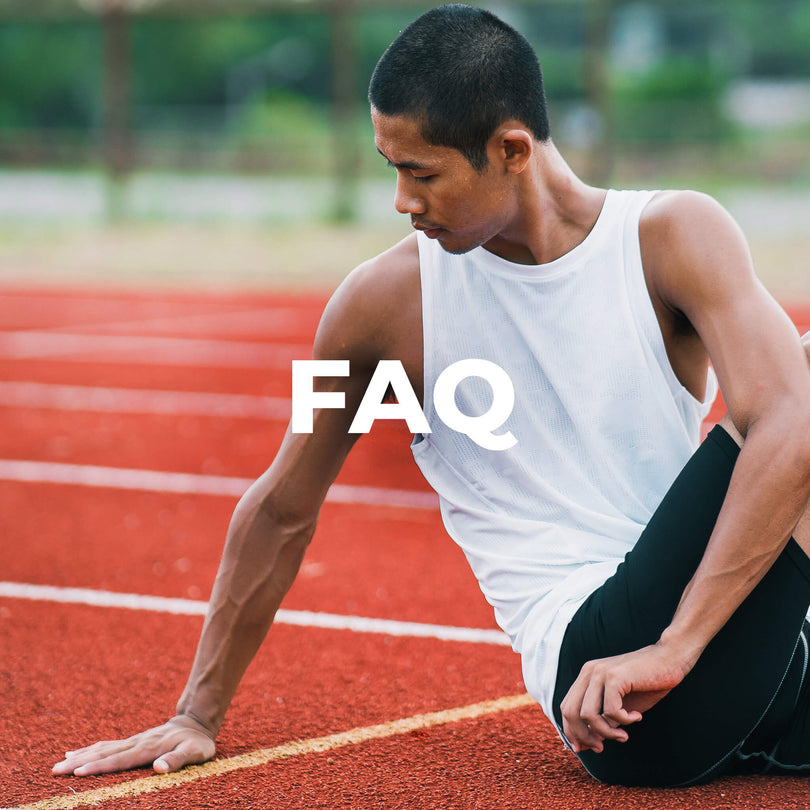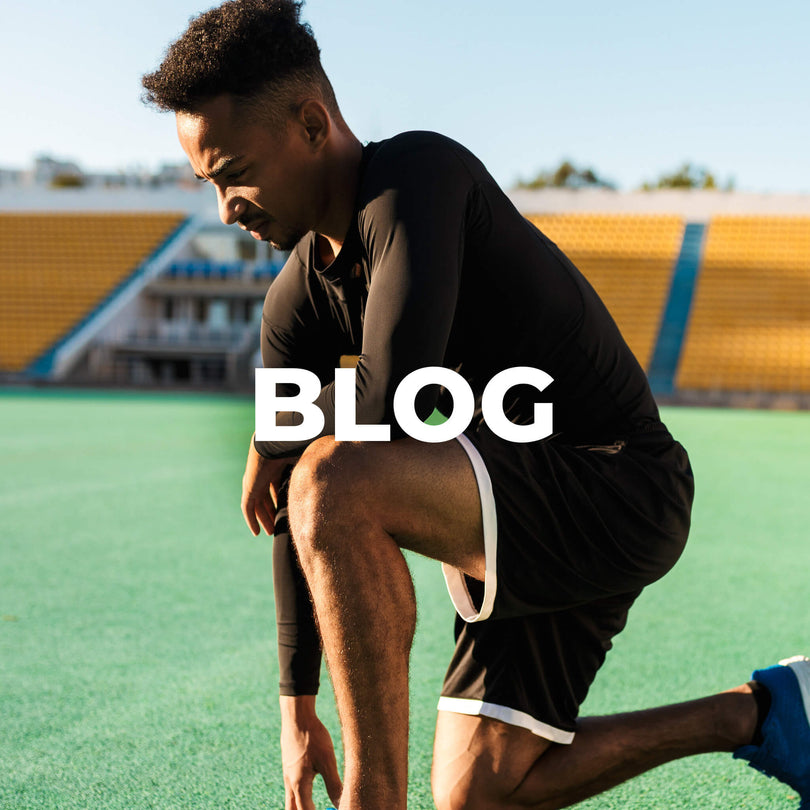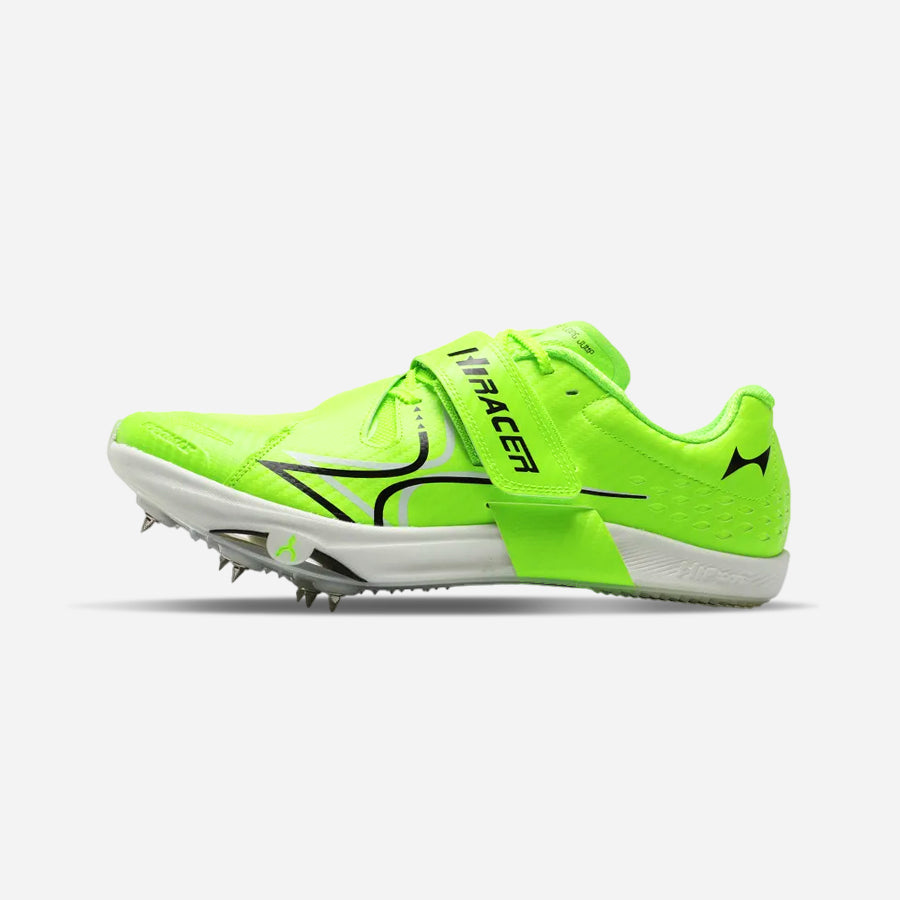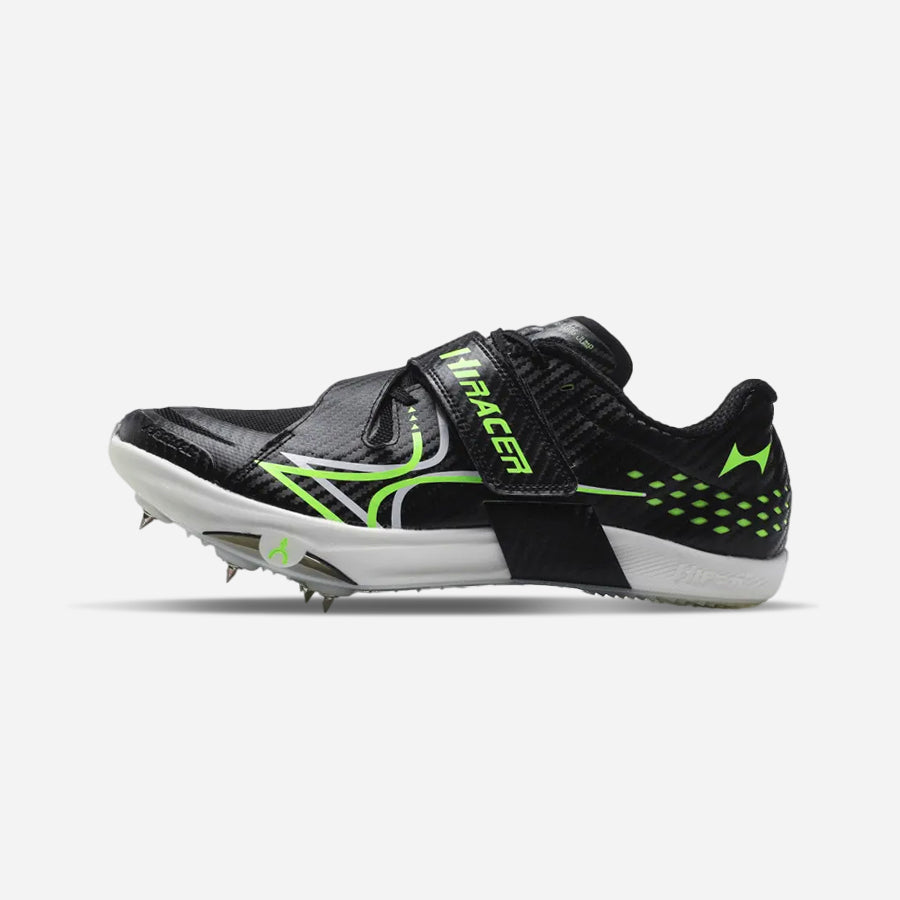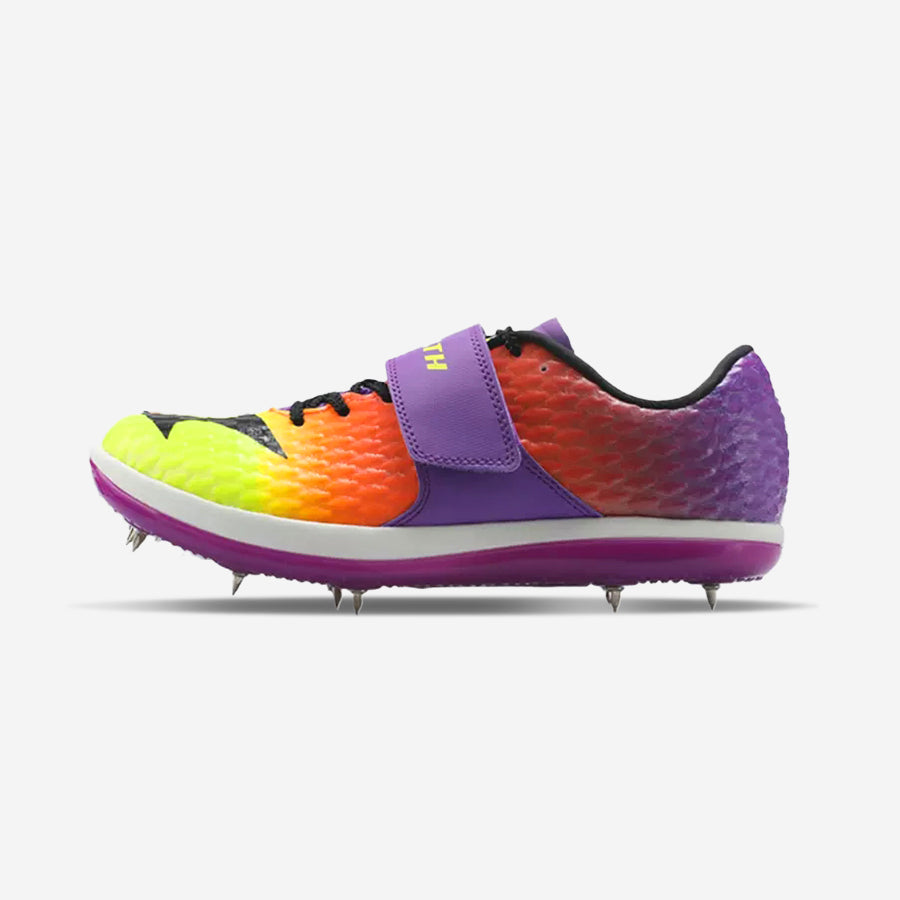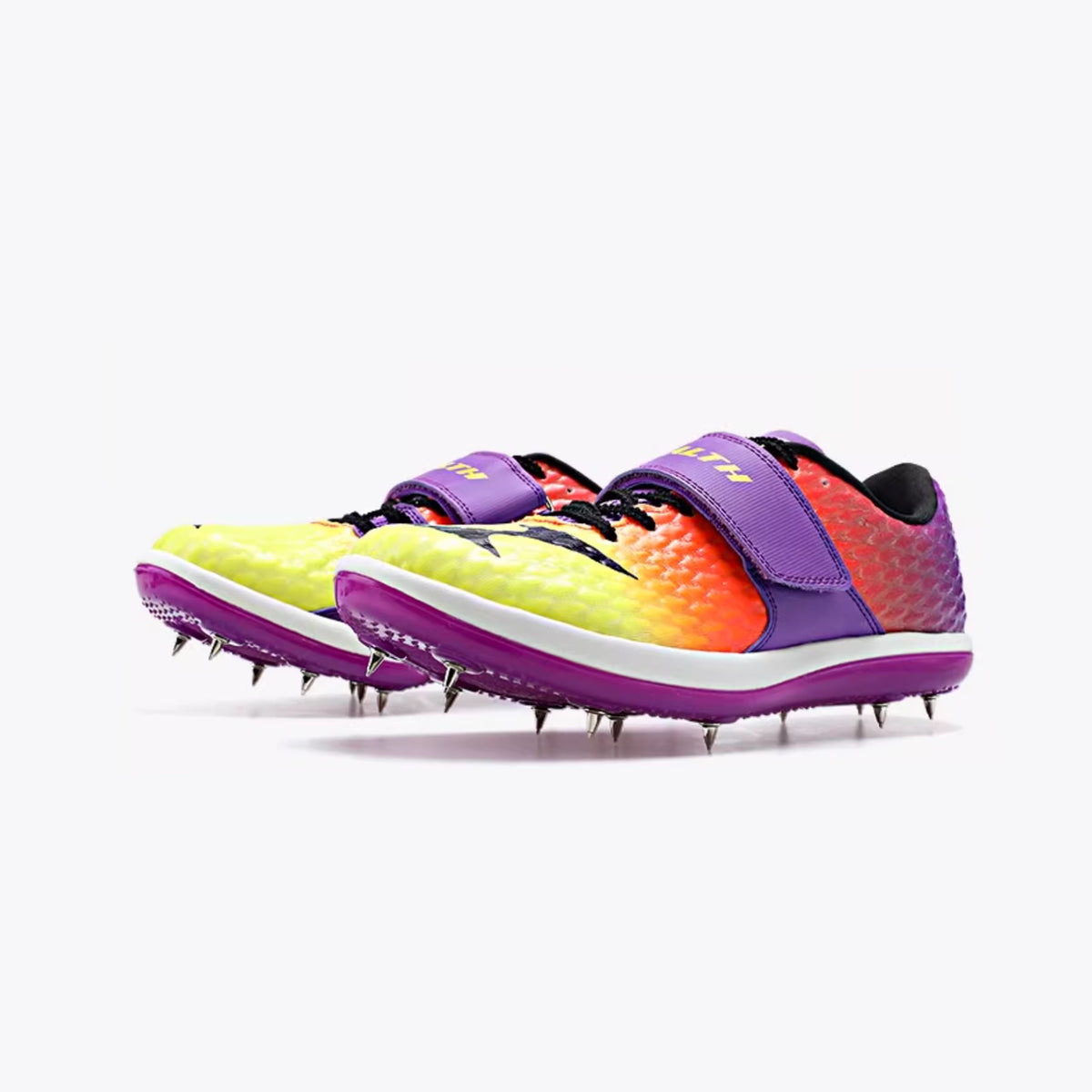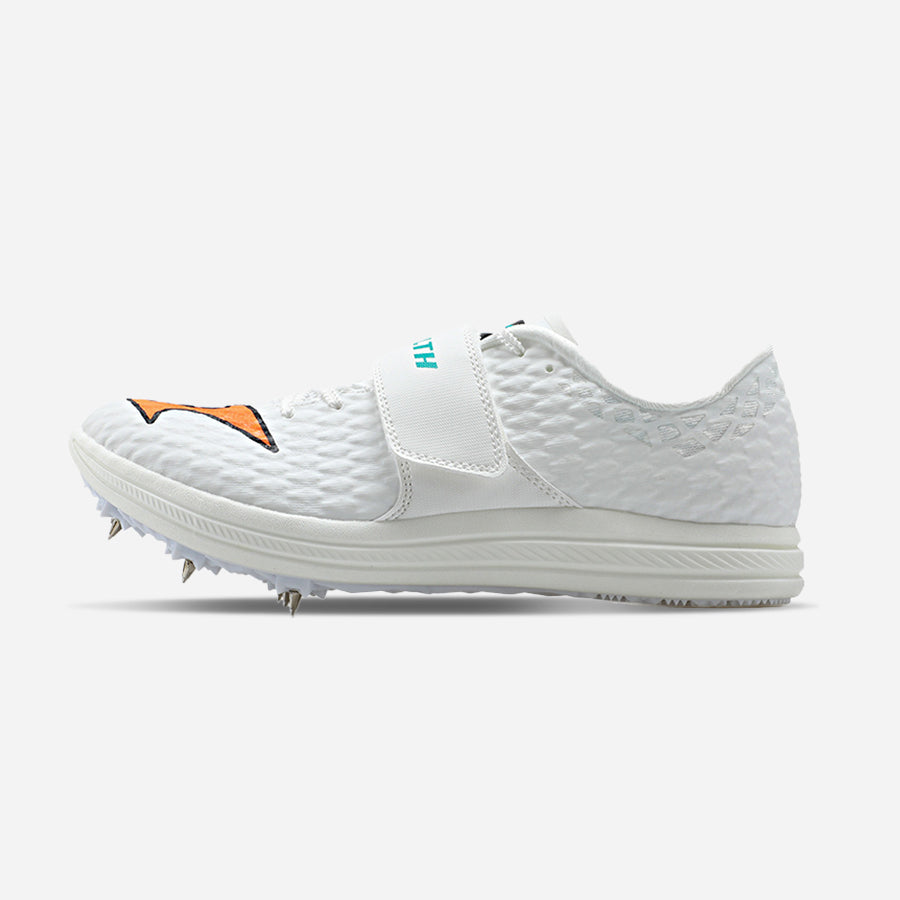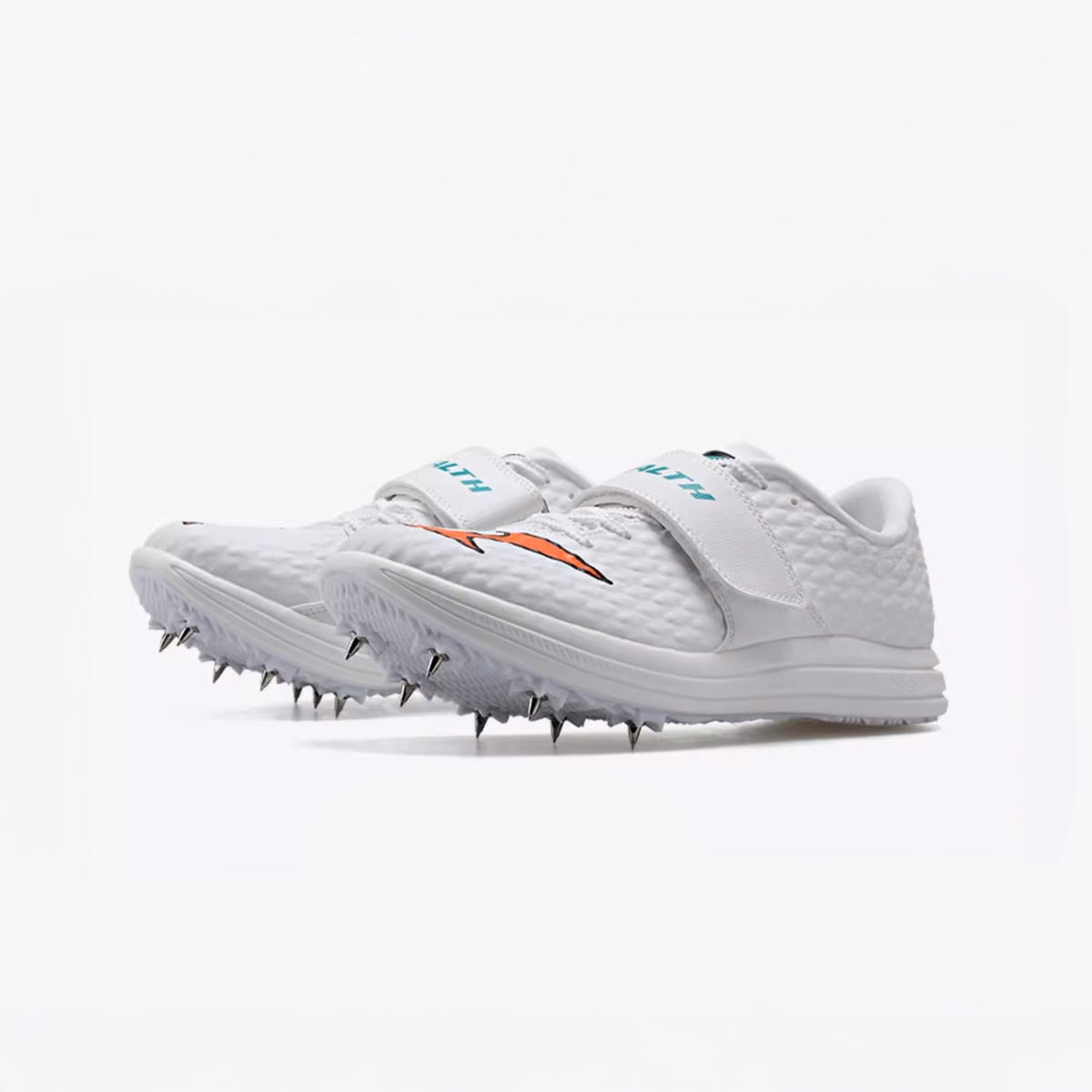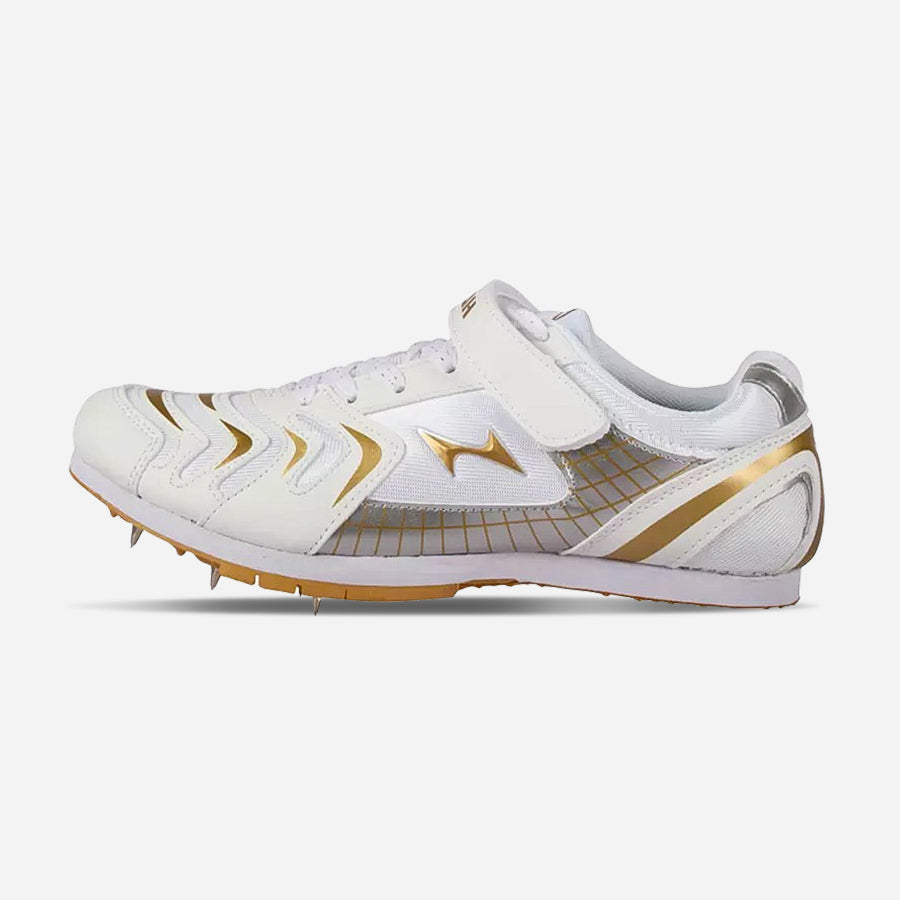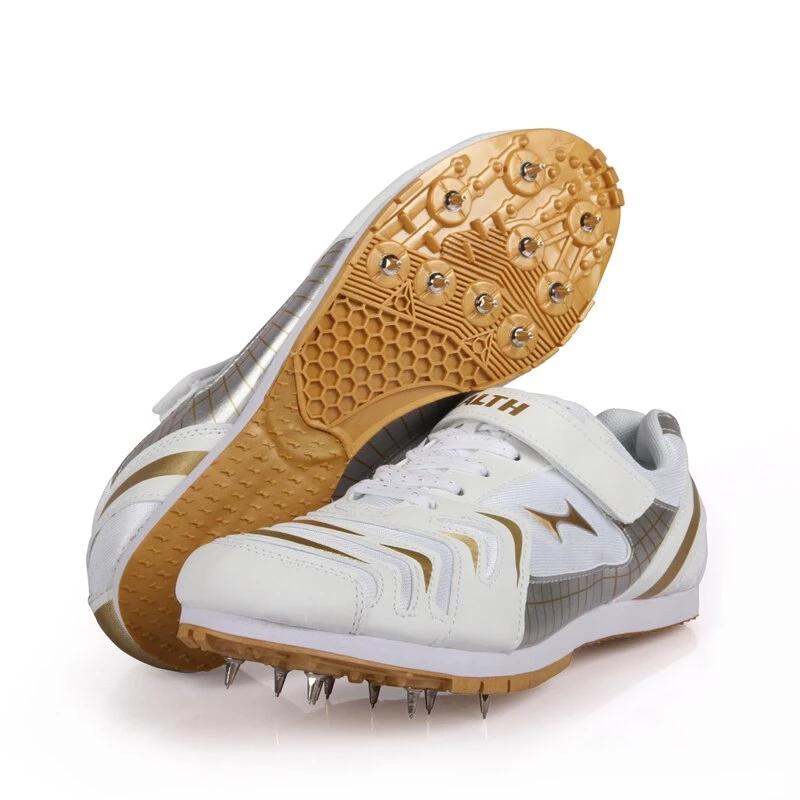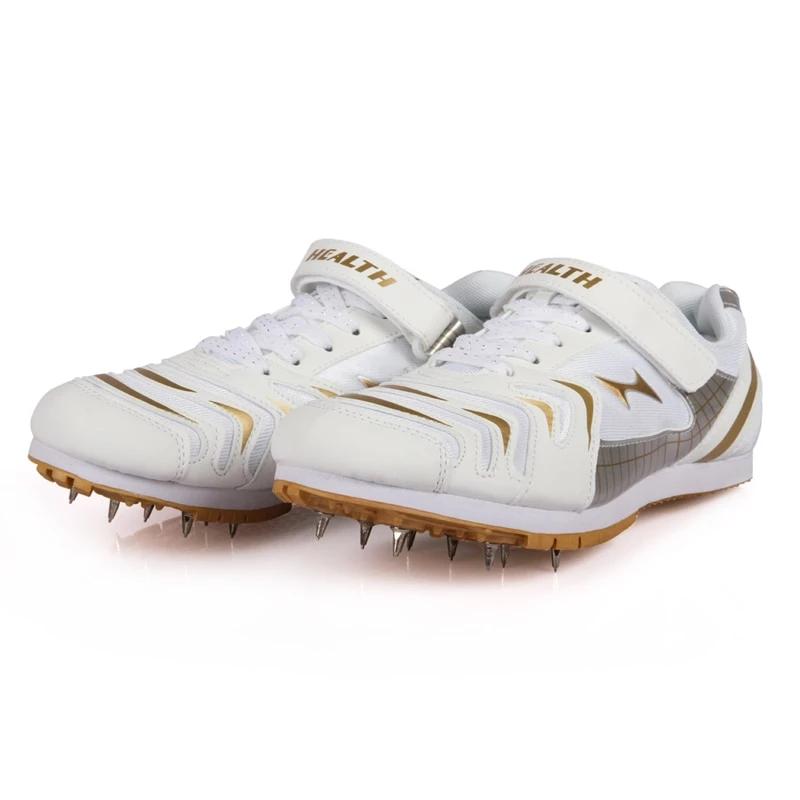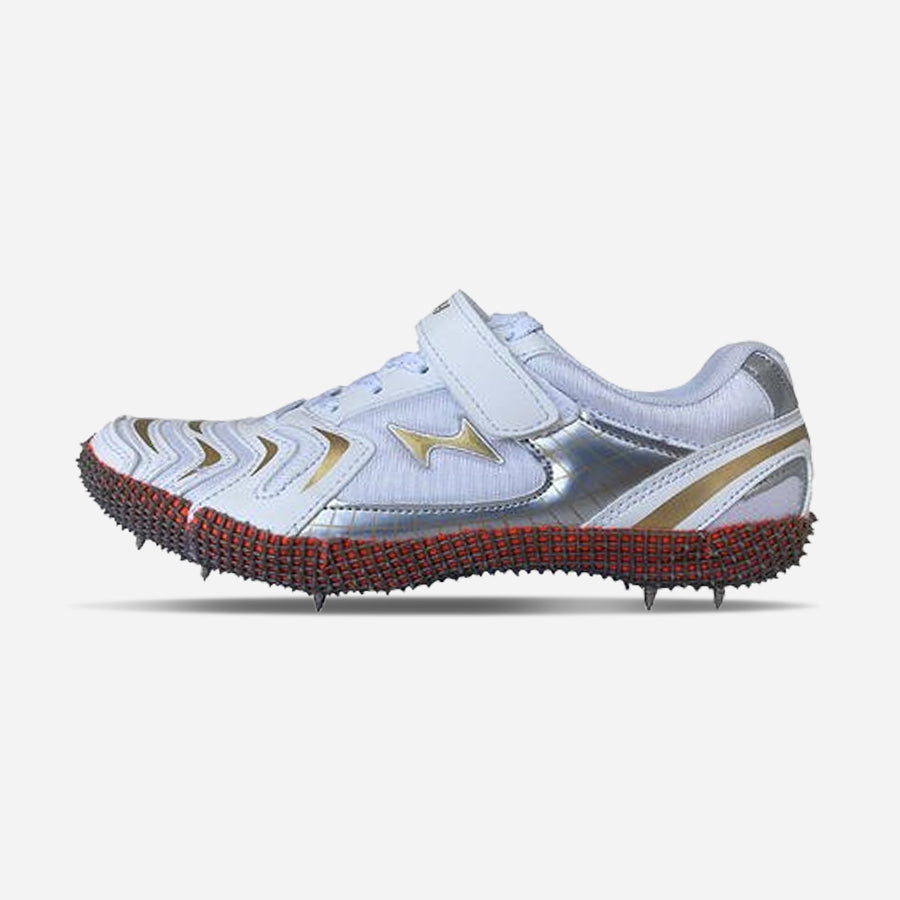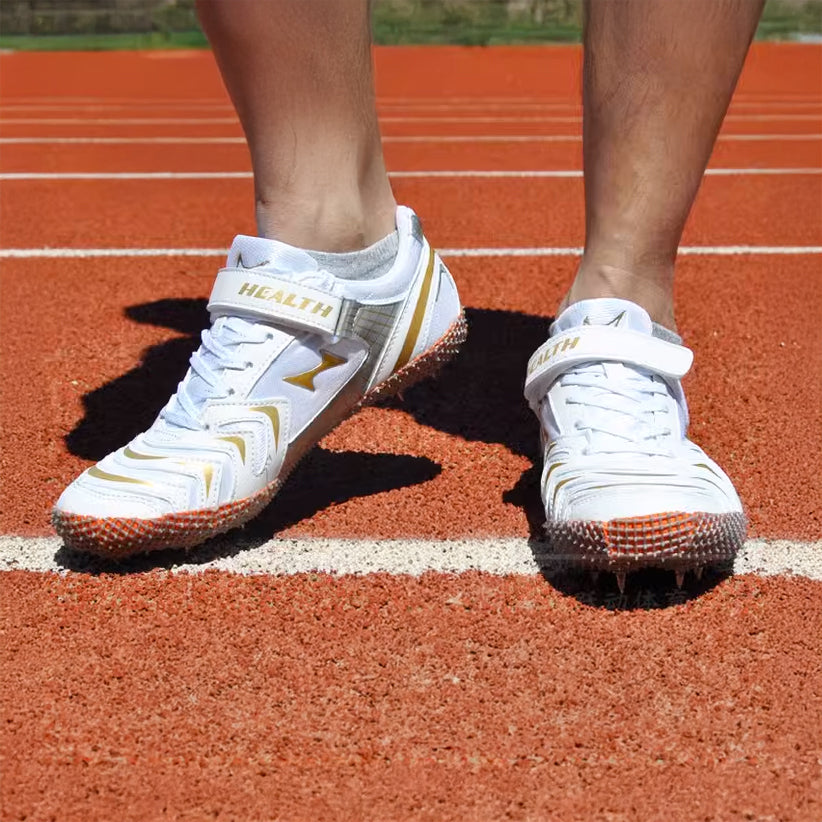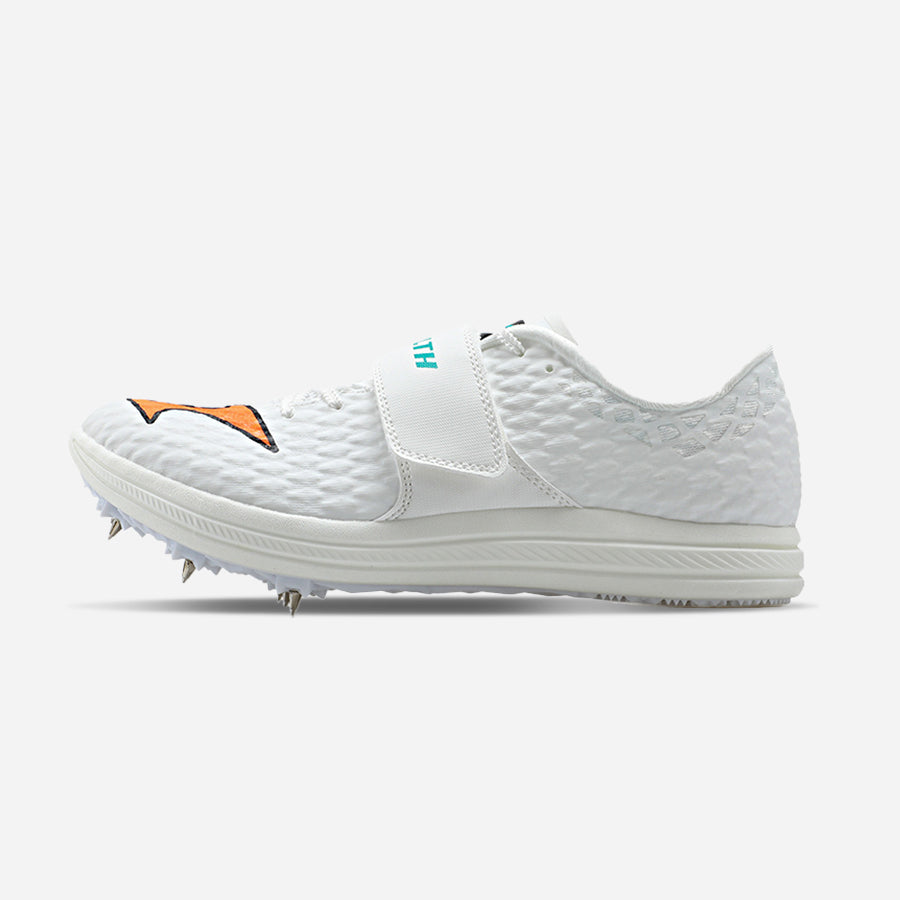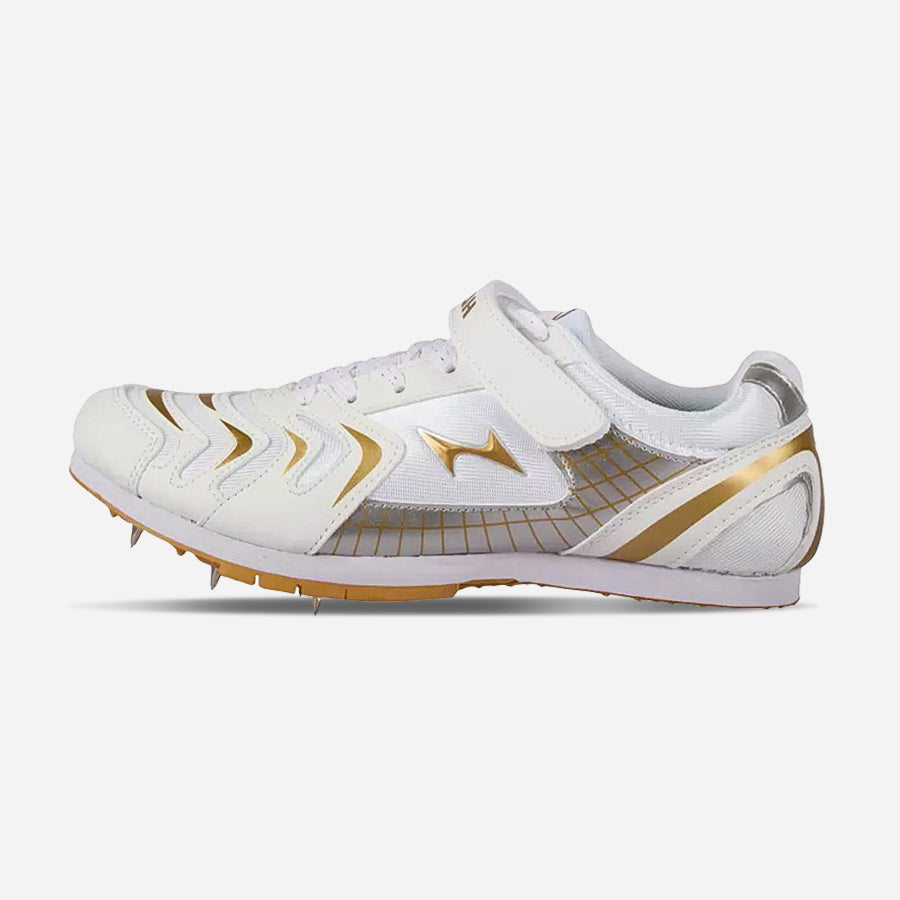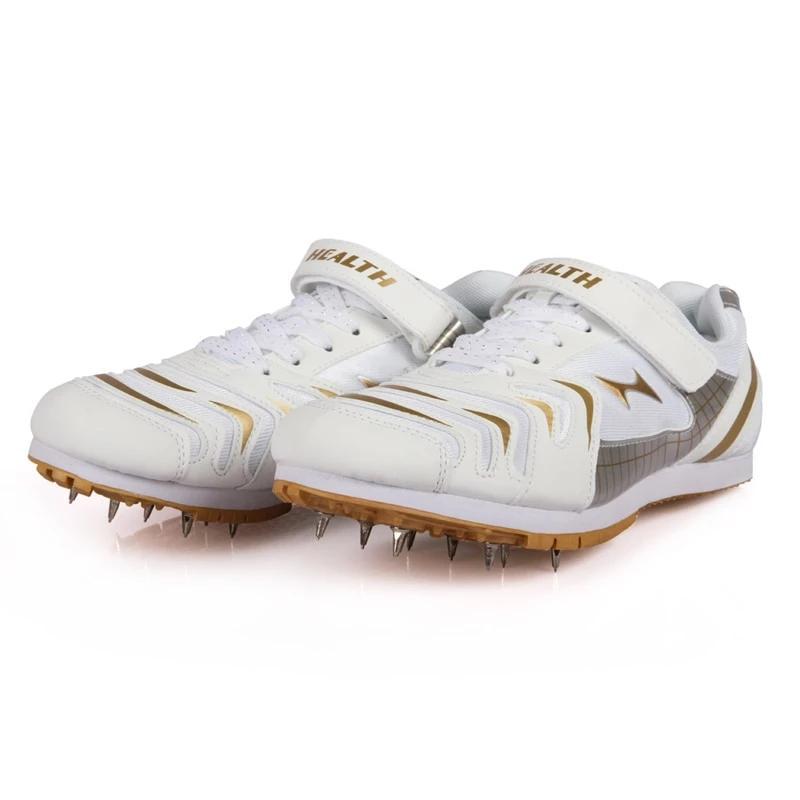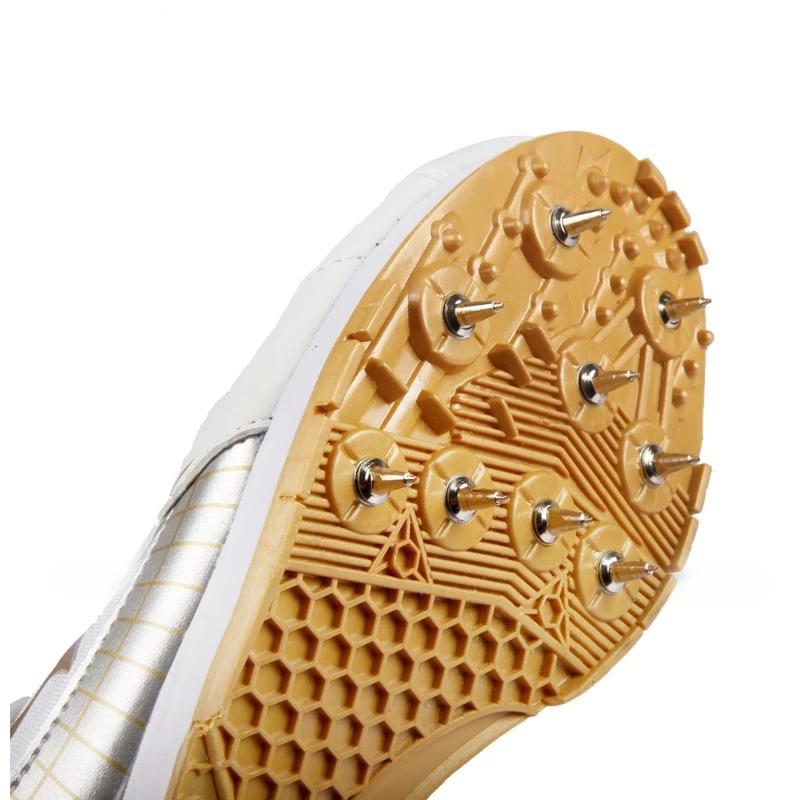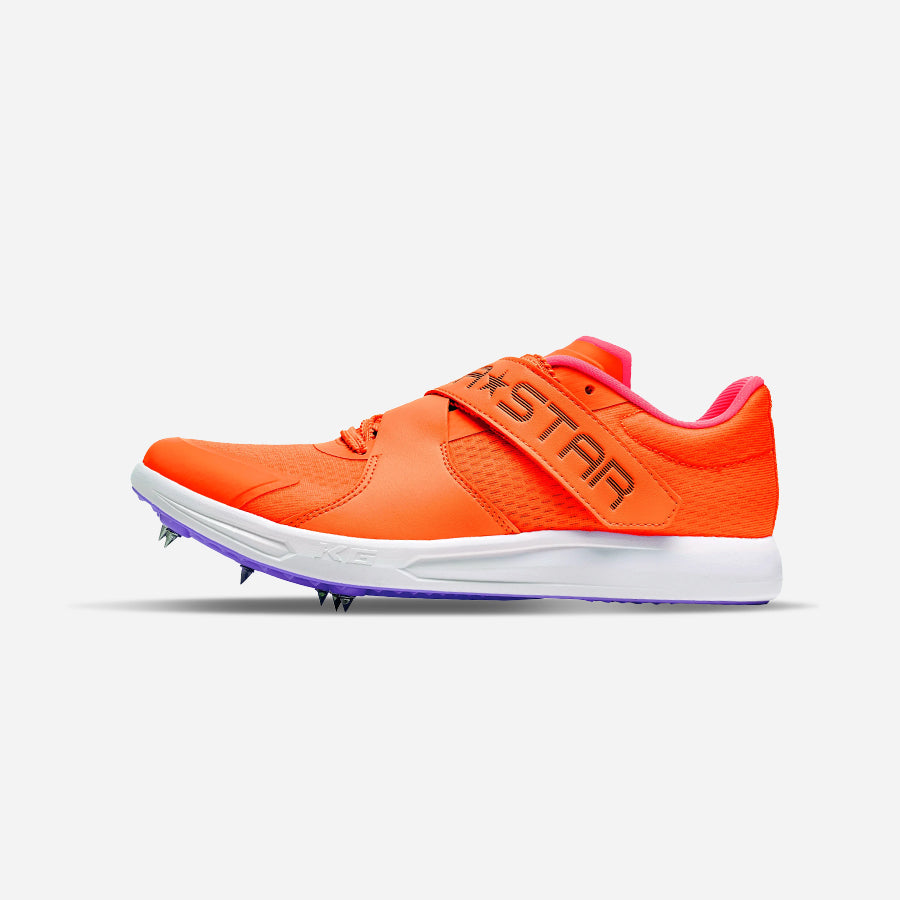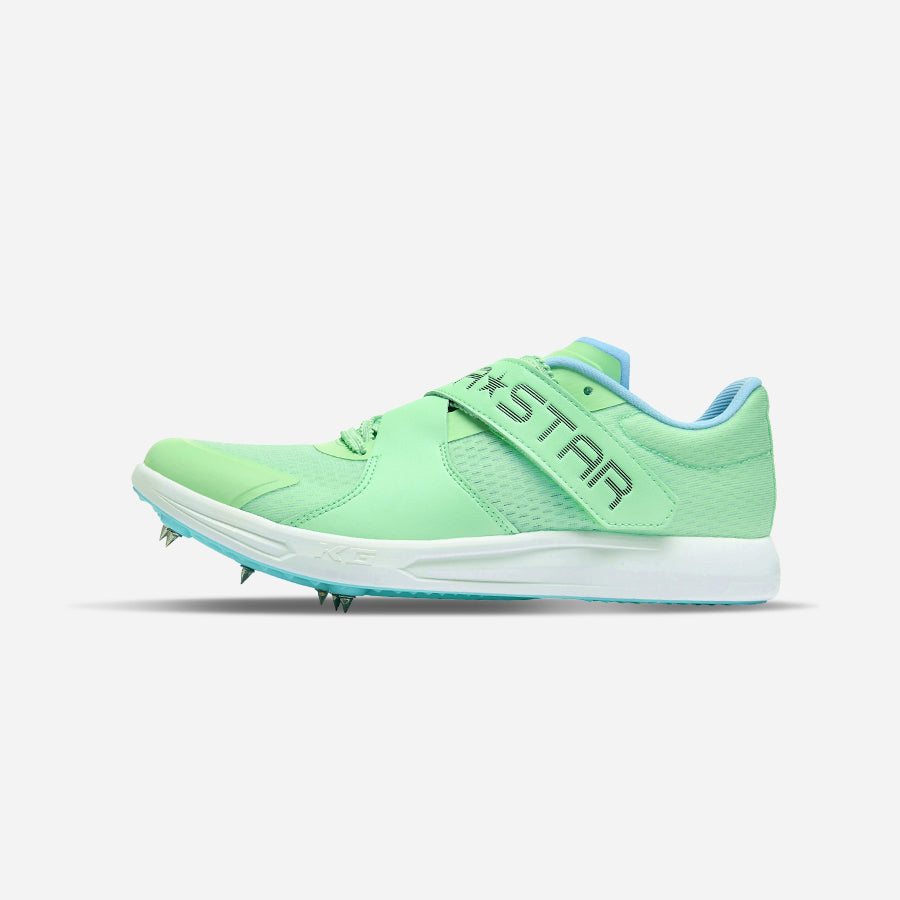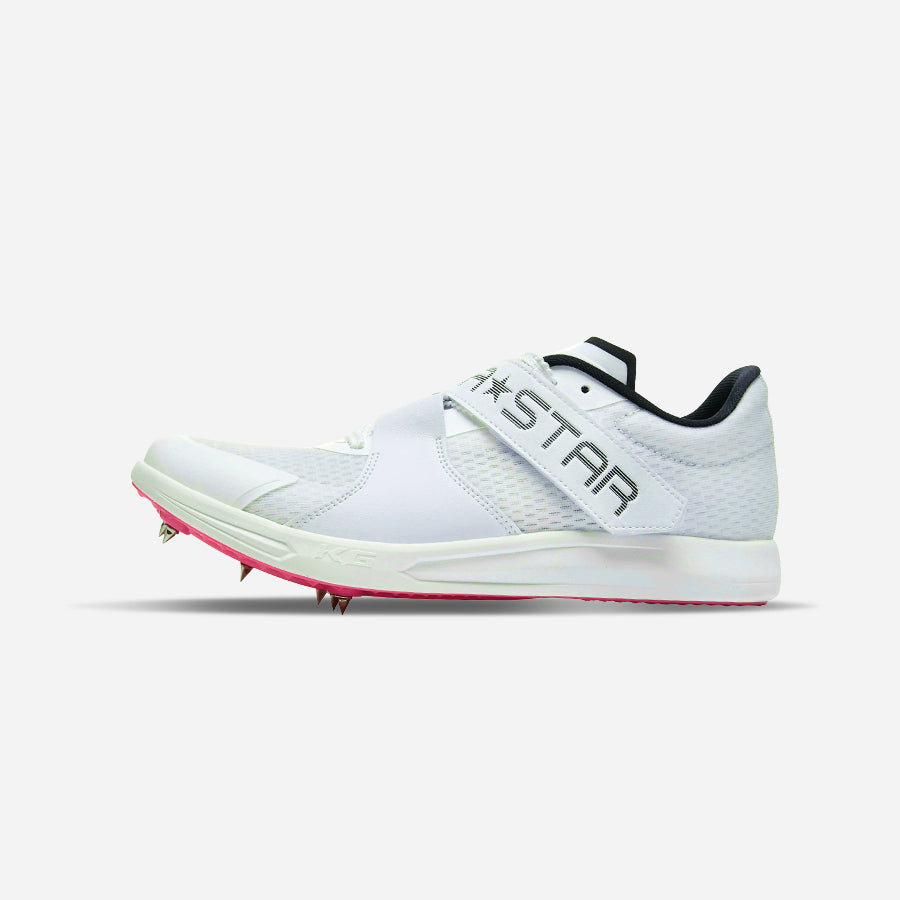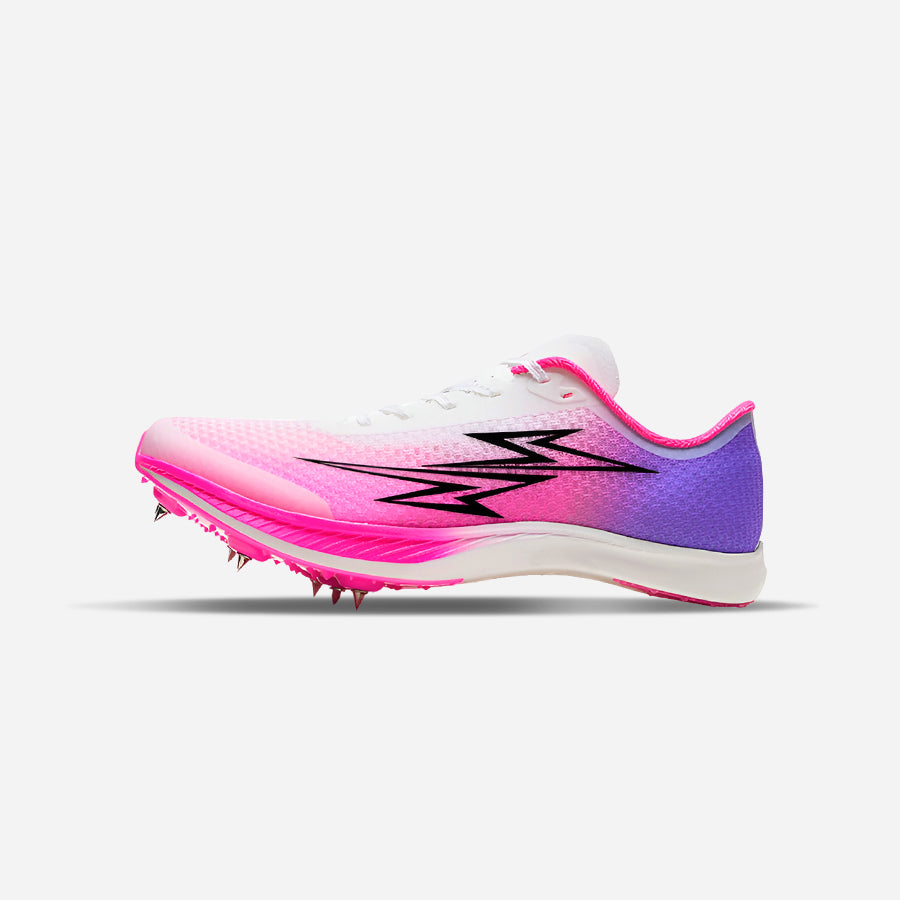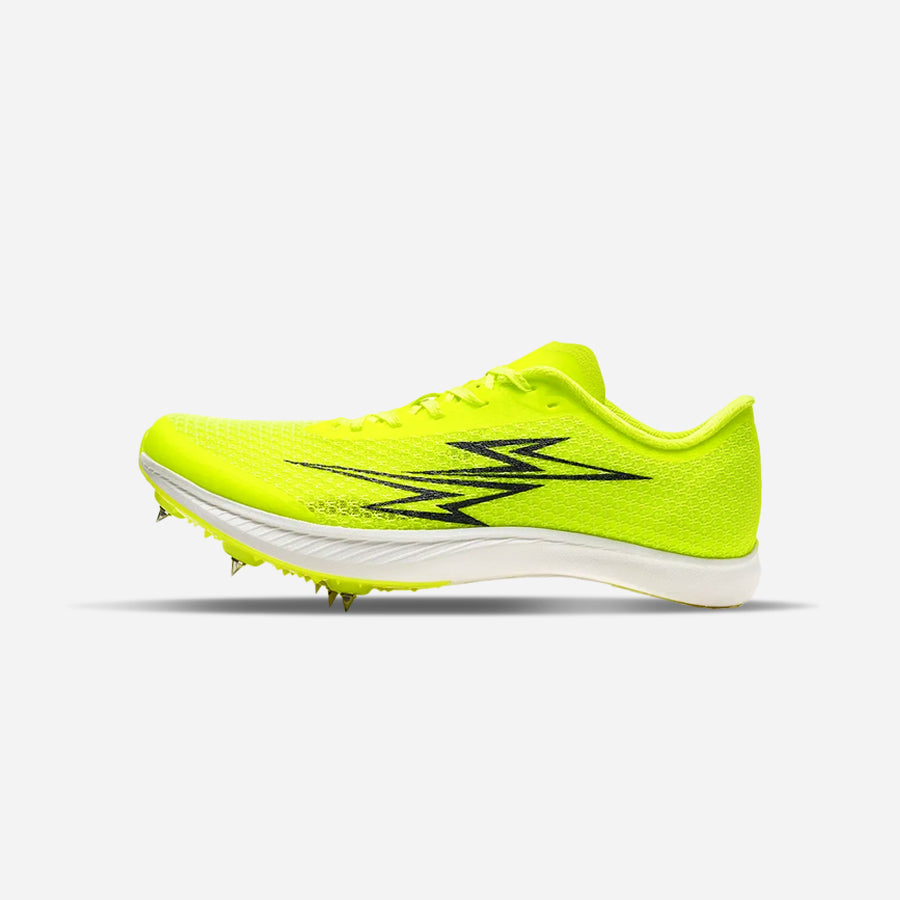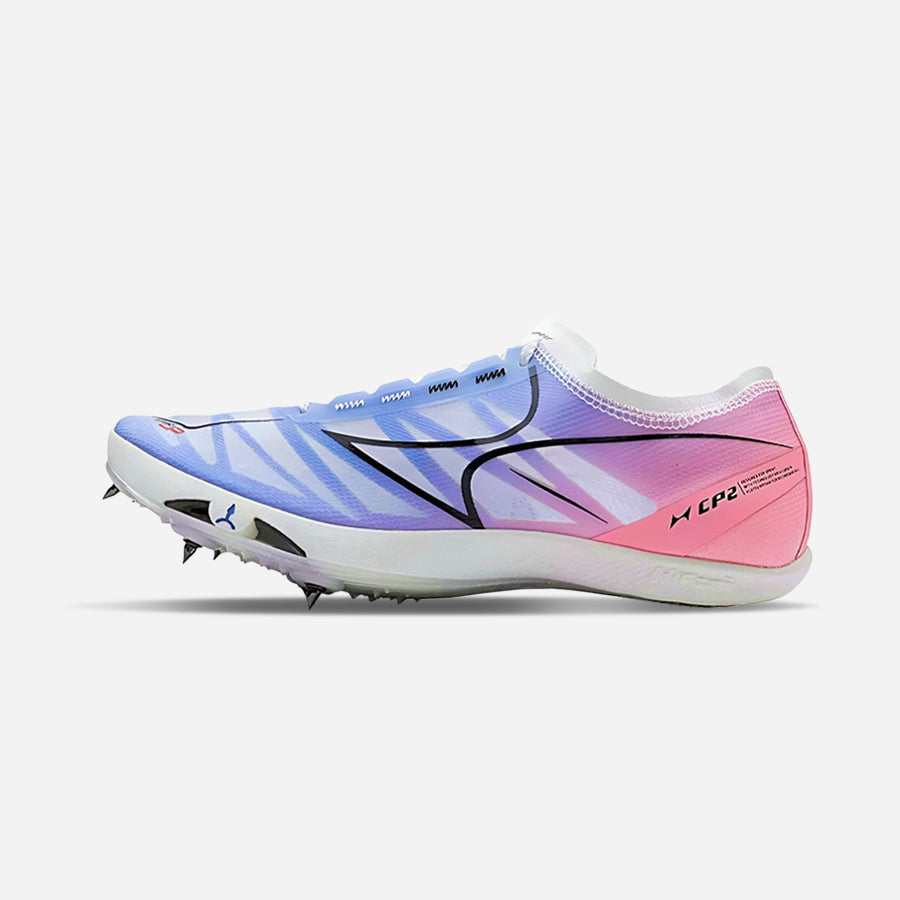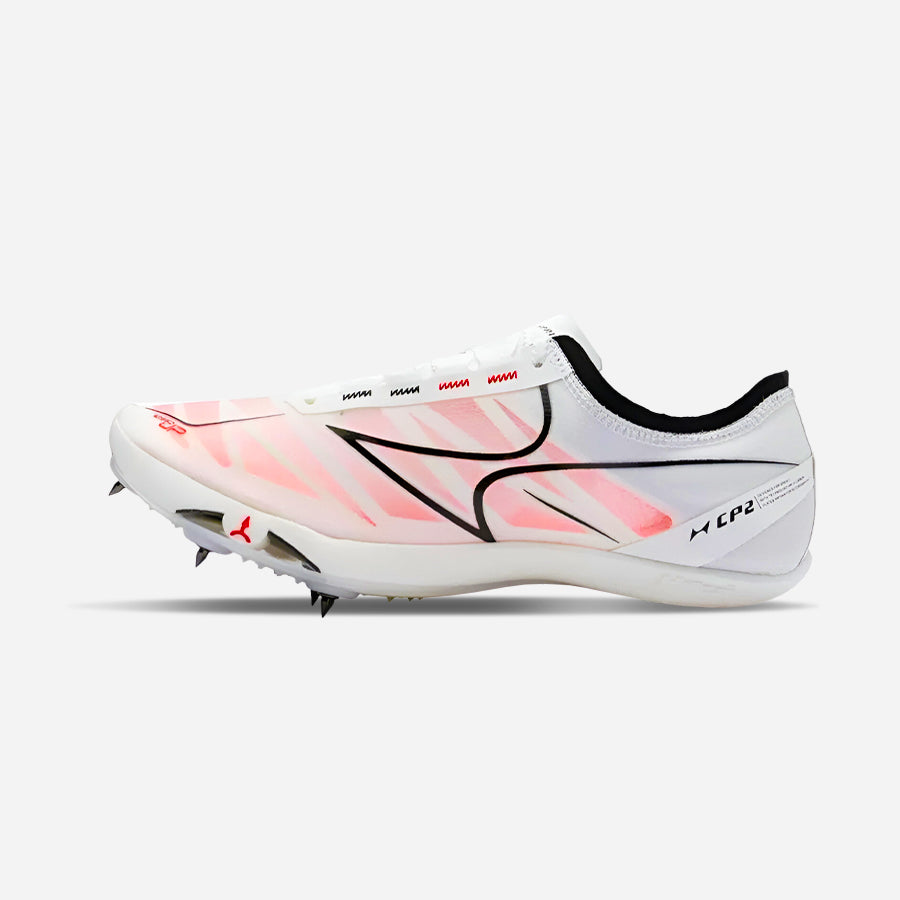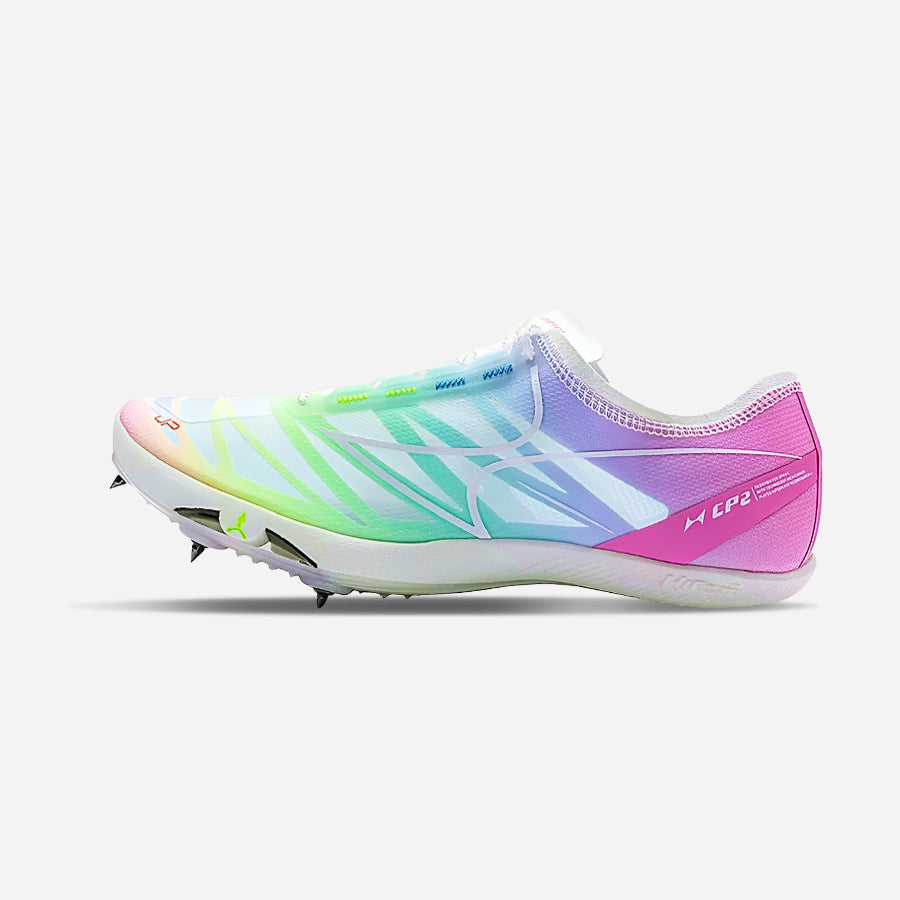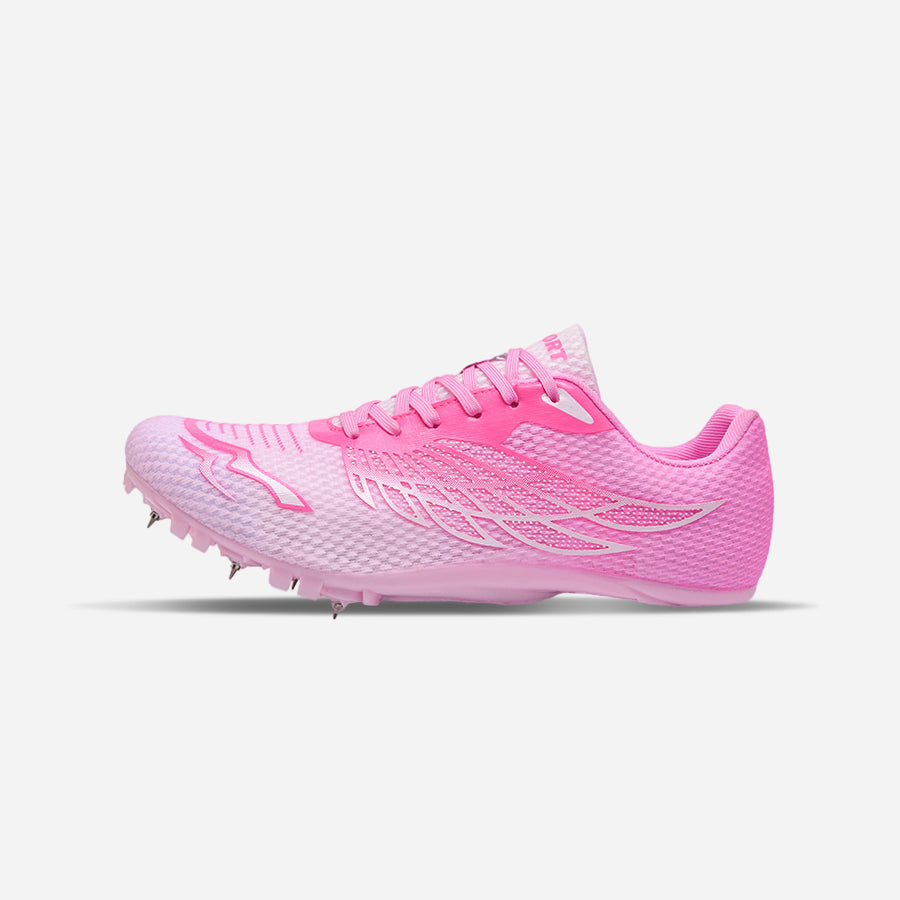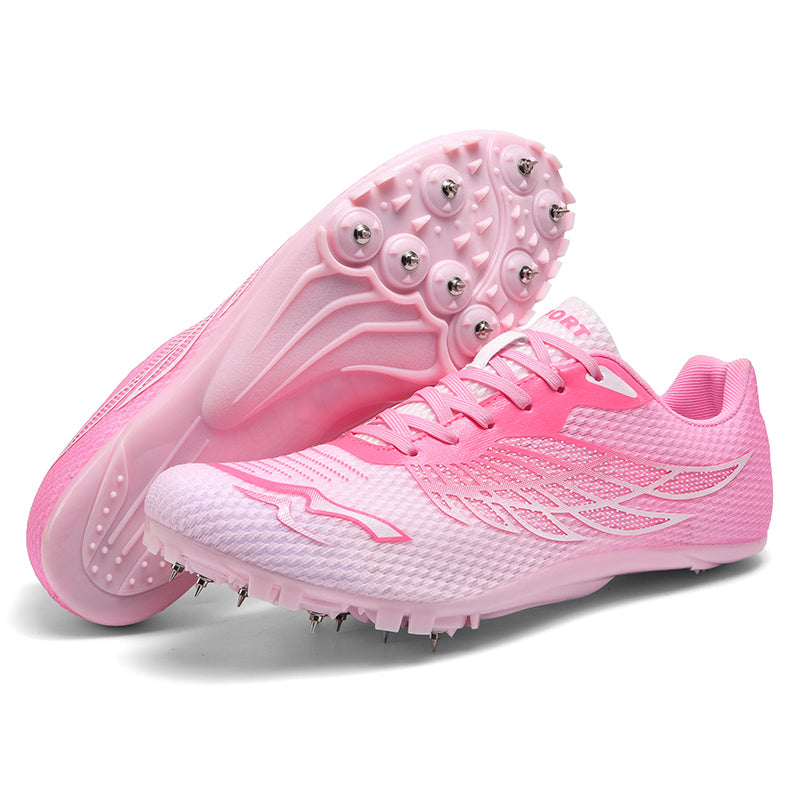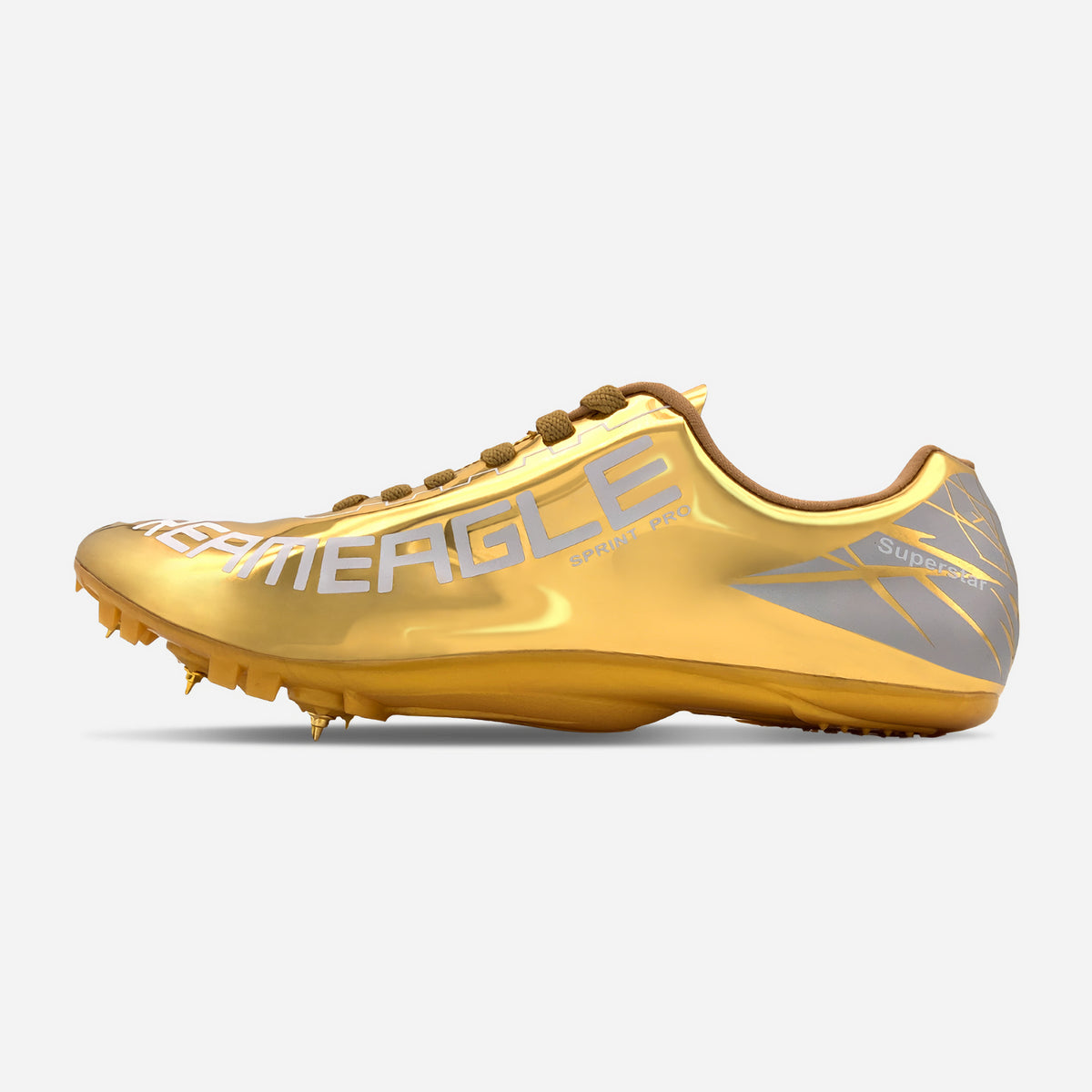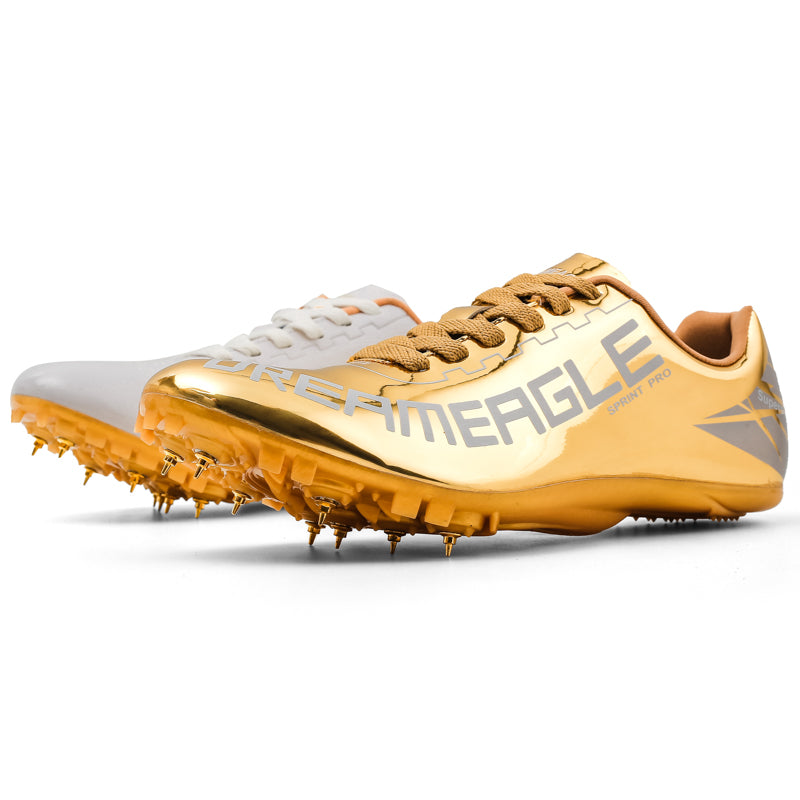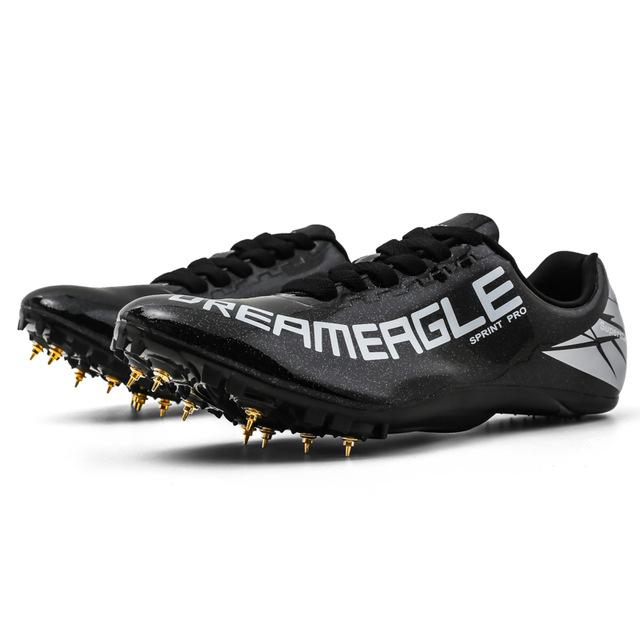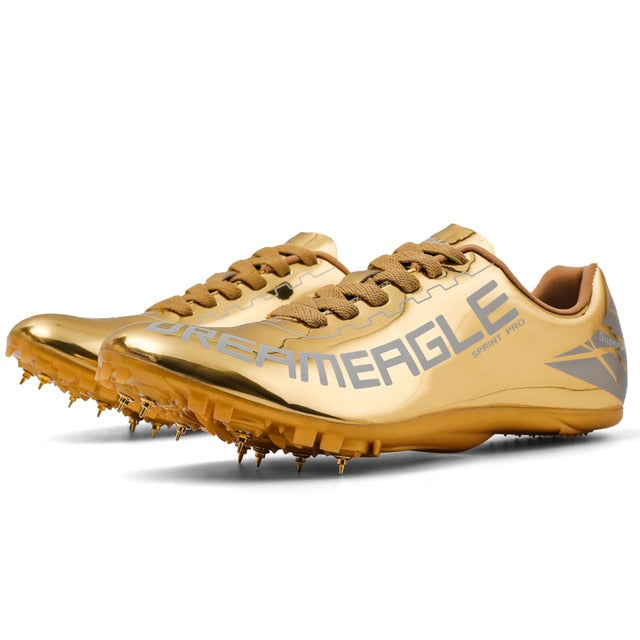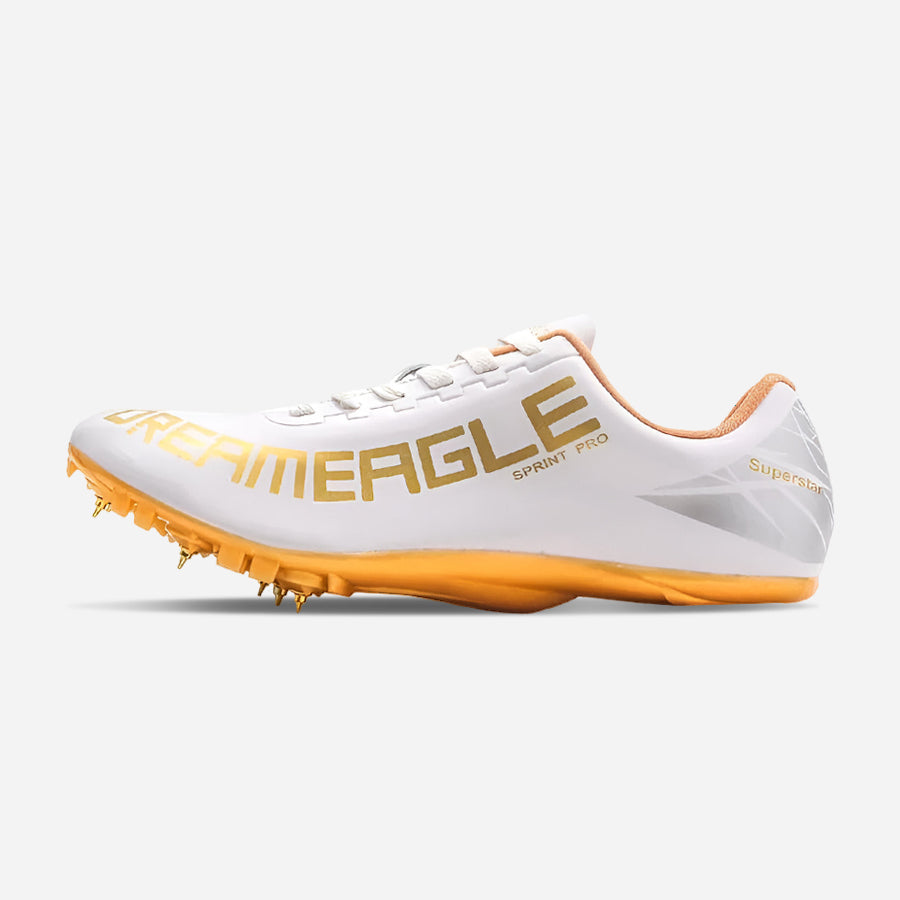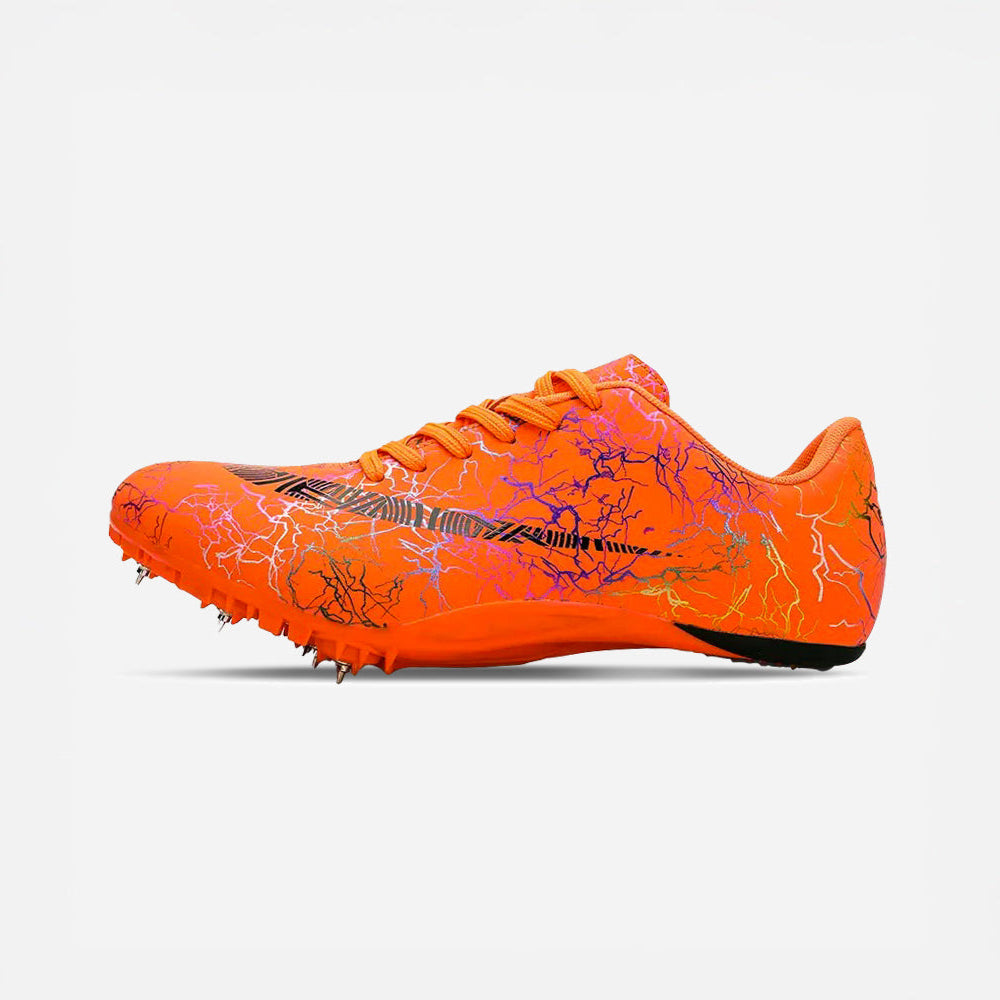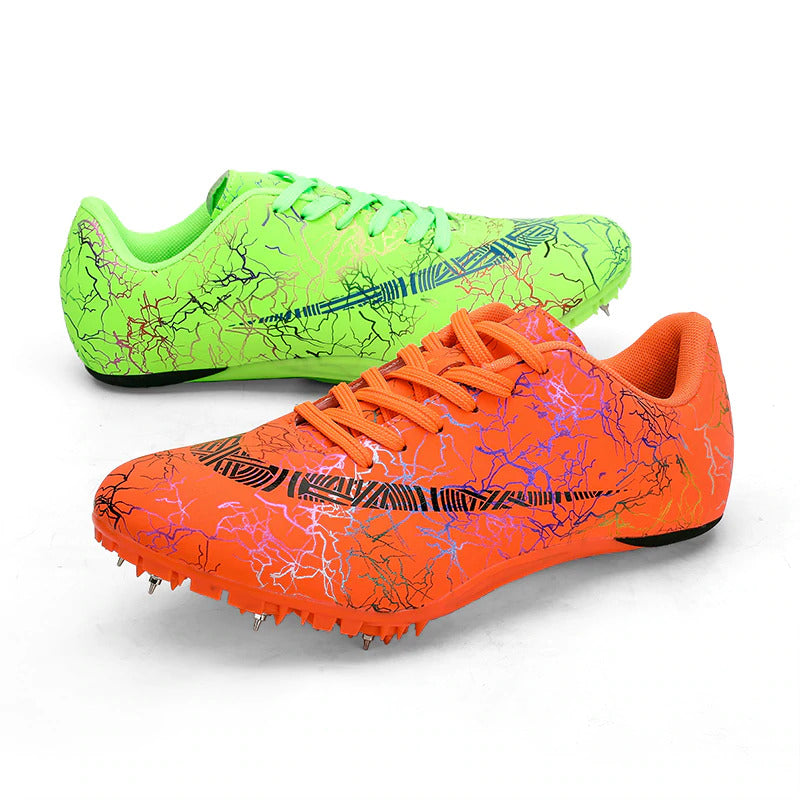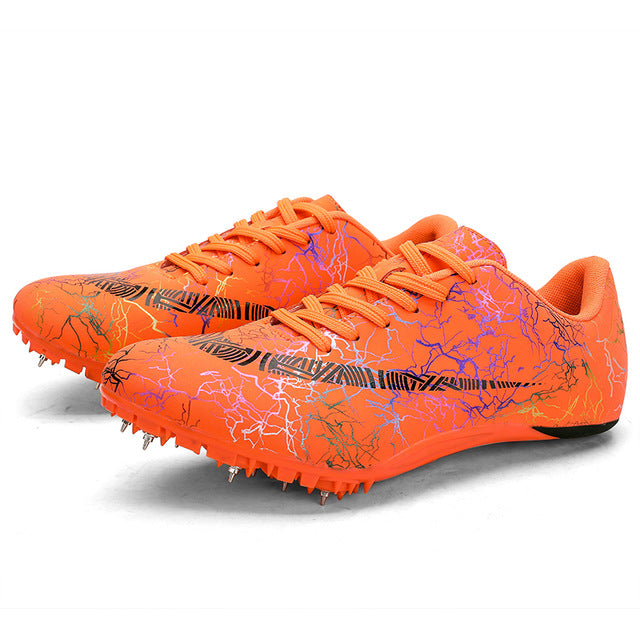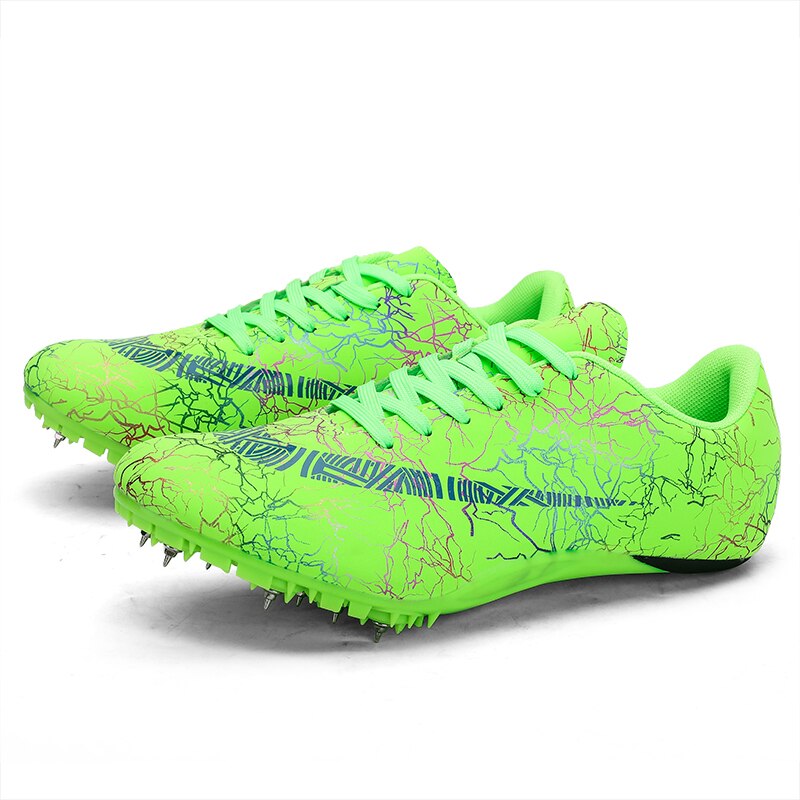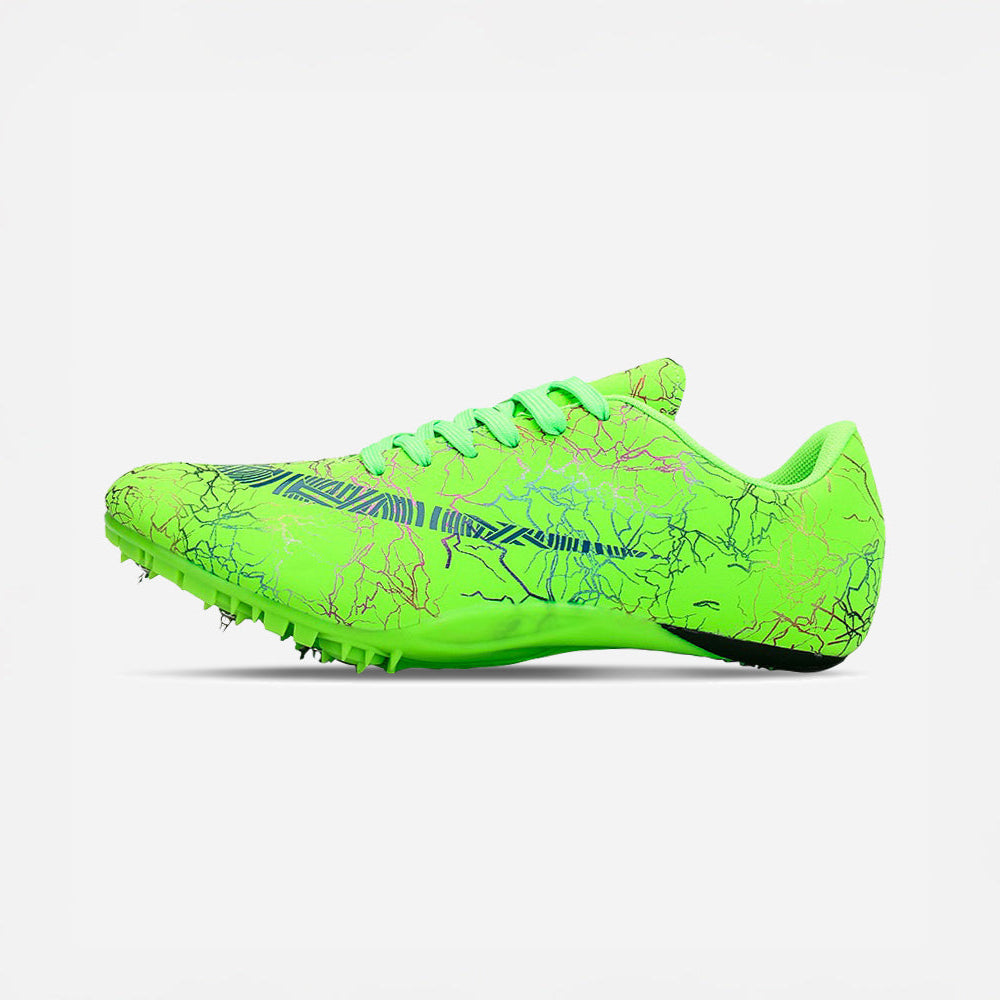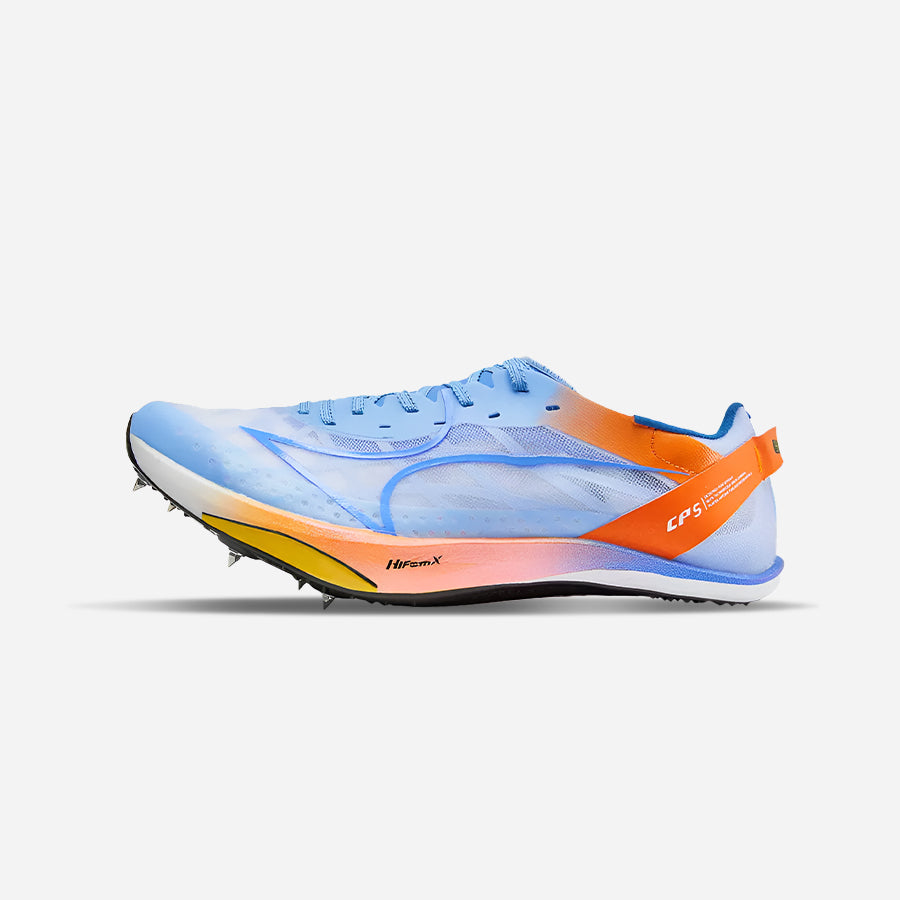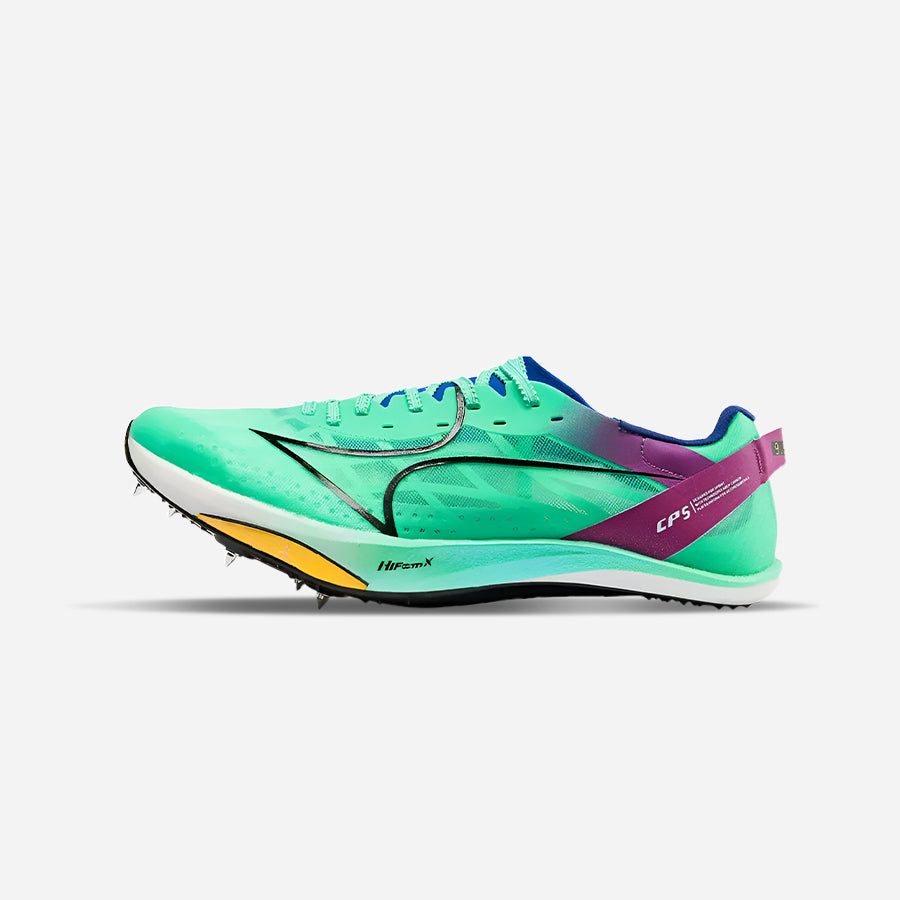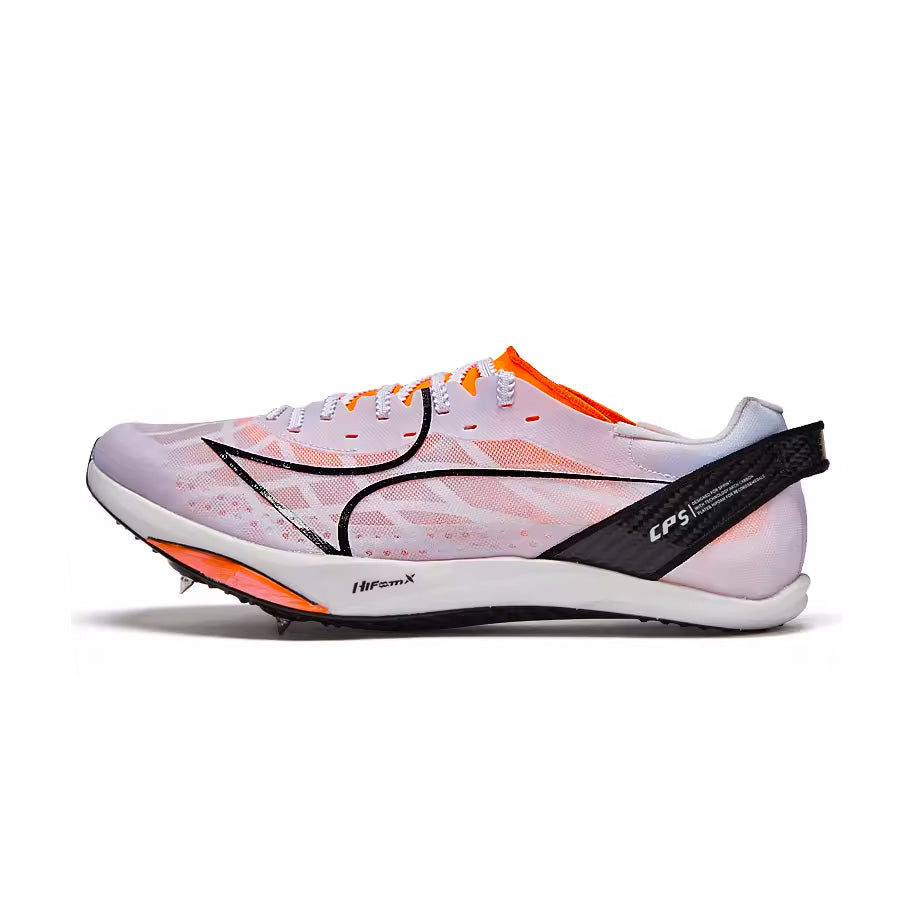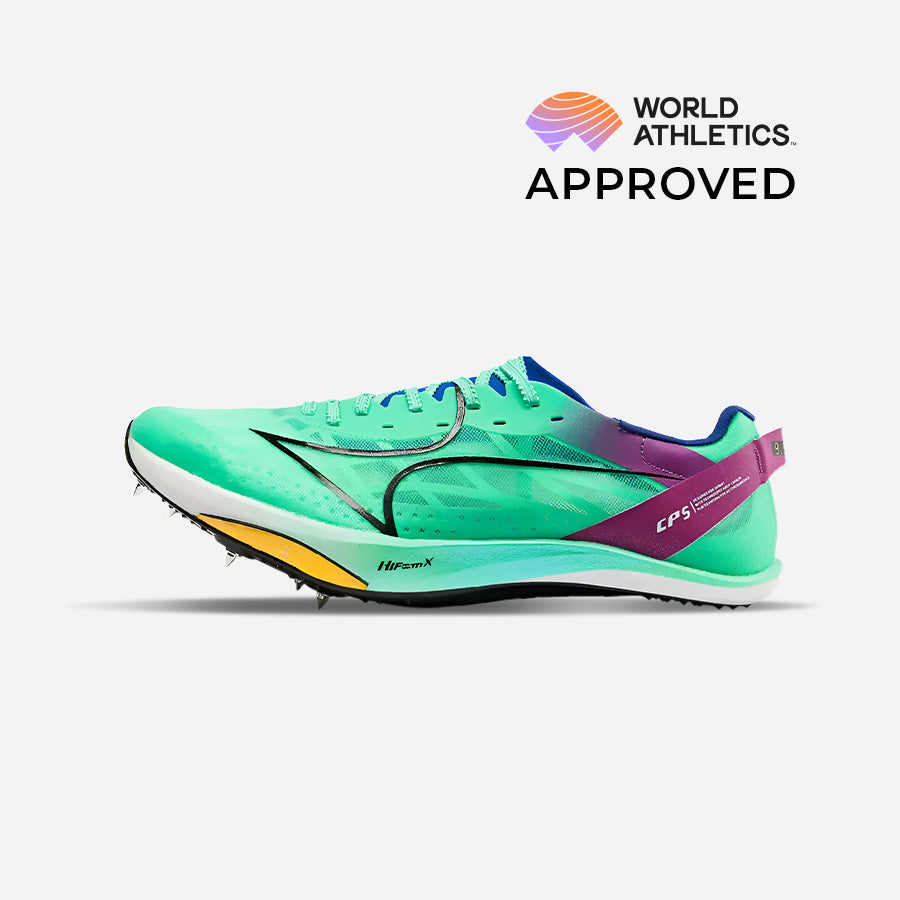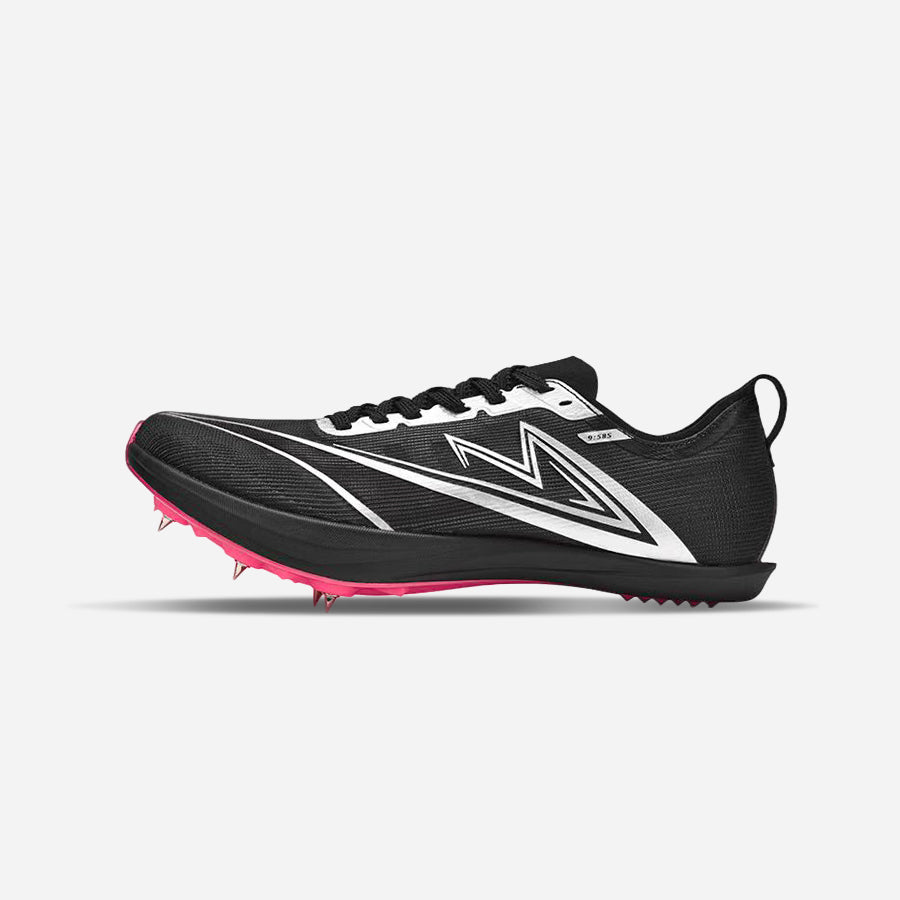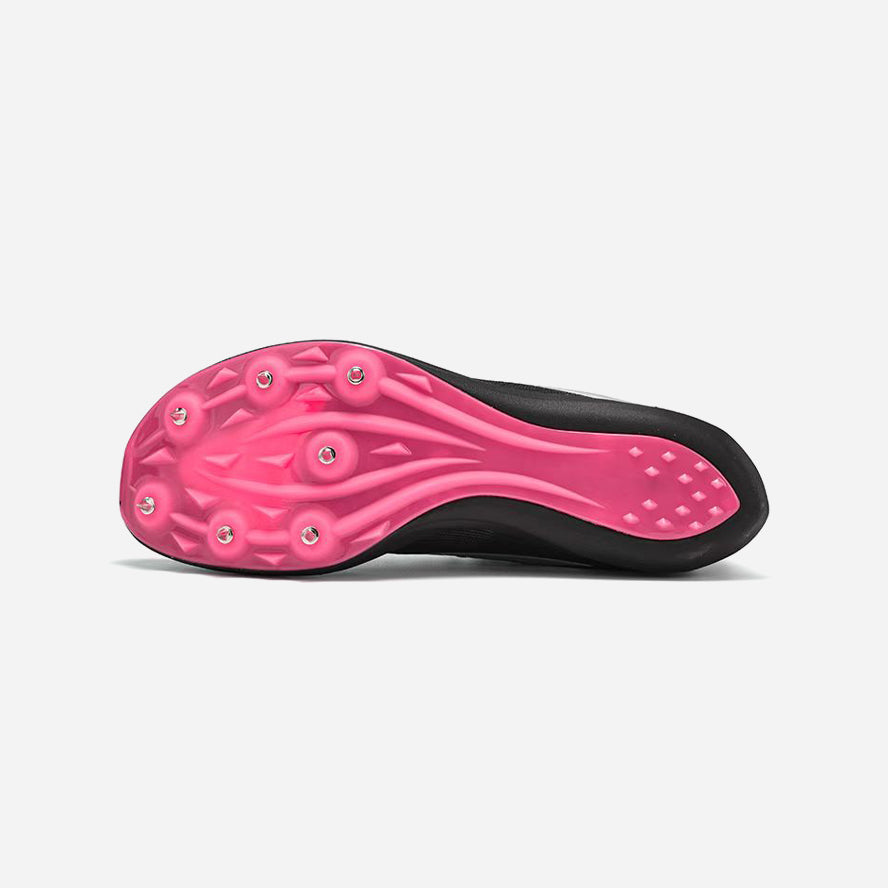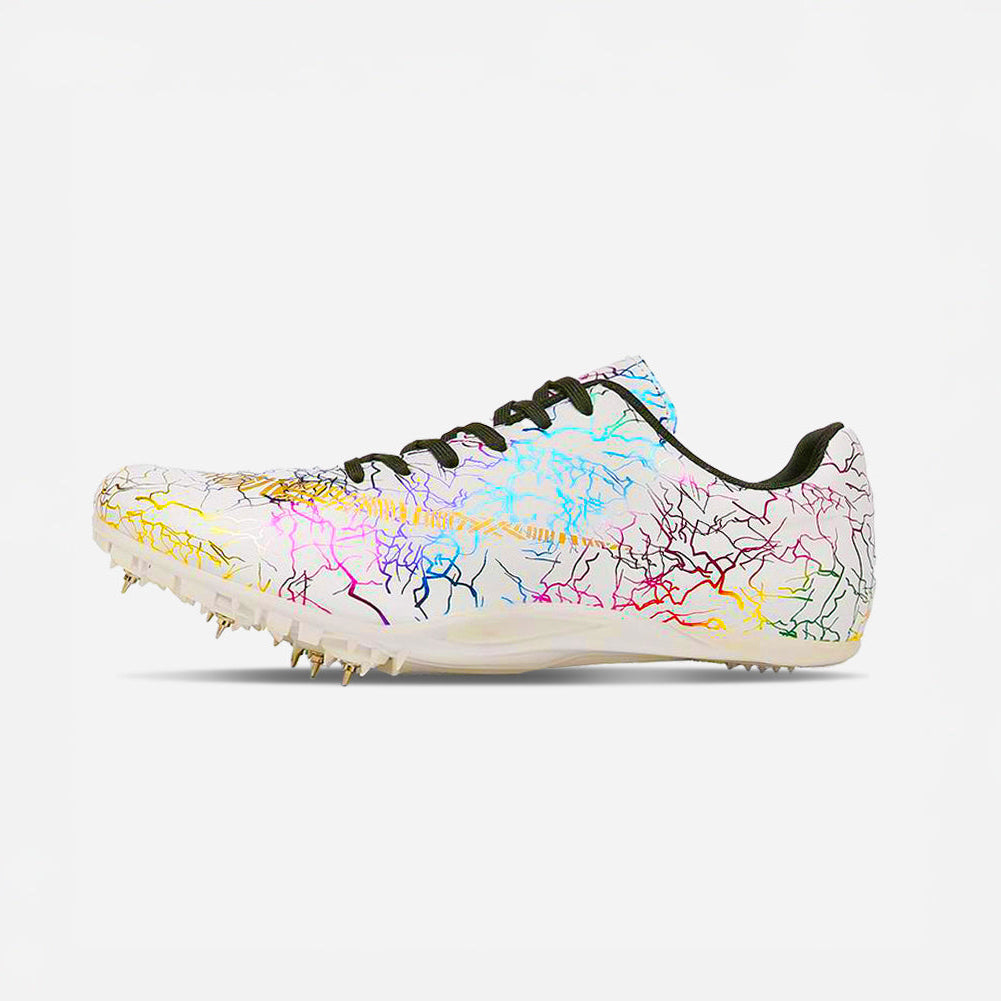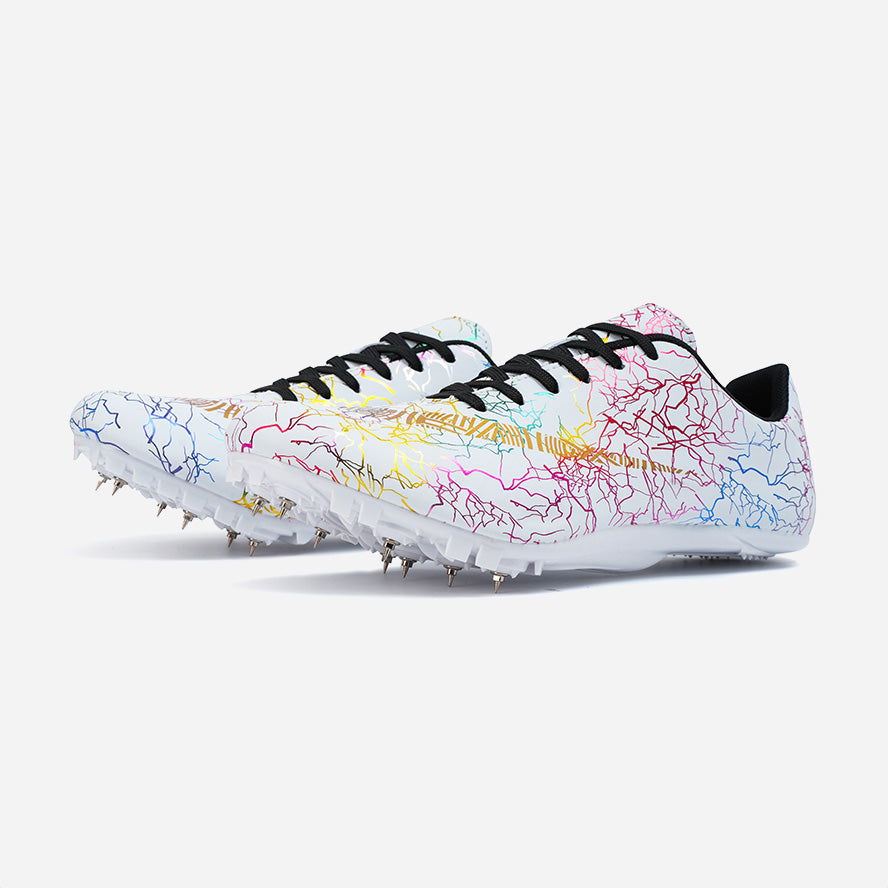Jumpers Spikes
Filters
12K+ HAPPY CUSTOMERS





Excellent 4.9





My daughter loves her you track shoes. The customer service experience from start to finish has been exceptional. Would definitely shop with this company again. Keep up the good work team!
Elliot





My son loves these shoes and they look amazing!!! Great quality and price too!!
Naomi





Bought for my daughter and she says they are a perfect fit, comfortable, and different color and looks different than everyone else’s. She loved them.
Carla





I love these shoes! Comfotable right out of the box with the snug fit of a grest spike. They are aggressive and really help propel me down the track. Plus, they look fantastic!
Jeanne





Super good shoes fast and light, love the look and colour!
Þórhildur





Made me improve my pb by 1.35 seconds
Toby





Super light, the carbon plate is strong! I put them on and were like a glove, i havent run on them but i could feel the strong turn over i will get on the track with this baddies. They are beautyful too. I love them!
Maria





Wow, is an understatement!!! My son loves them!!!
Jacqueline





Great spikes! Second pair for my 8 yo!
TC





Amazing came first in all my races
Gill
Track & Field Jumpers Spikes
Most people think all jumping spikes are basically the same. I've seen athletes try to high jump in their long jump spikes, spoiler alert: doesn't end well. Track and field jumping events each demand their own special breed of footwear, and understanding these differences can literally make or break your season.
Field Event Footwear
Alright, let's break this down simple. Spikes for jumping events come in four main types, each one engineered for specific biomechanics. The high jump spikes are the most unusual as they've got spikes in the heel too. Makes sense when you think about it; these athletes plant their takeoff foot heel first during that curved approach.
Long jump and triple jump? Both need runway speed and explosive takeoff power, though the triple jump spikes pack extra heel cushioning because, well the landing forces during the hop phase can hit 22 times your body weight. Meanwhile pole vault spikes focus on flexibility because the plant phase requires your foot to undergo large forces.
Generic "Jumpers Spikes" Usually Don’t Work
Here's the thing, most beginners don't realize all purpose jumping shoes basically compromise something and don't excel at anything. Sure entry level athletes might get away with using one pair for multiple events such as Ashton Eaton who used triple jump spikes for his pole vault but he's also a world record holder!
The forces involved in each jumping event are wildly different. High jumpers need that heel to toe transition during their approach curve. Long jumpers? They're basically sprinting until the last second, so they need something closer to sprint track spikes but with better impact protection. Triple jumpers shoes take a beating through three consecutive impacts. And pole vaulters need plates flexible enough to handle that violent plant without tearing the shoe apart.
The Multi-Event Athlete's Dilemma
Now, if your doing multiple jumping events (and lets be honest, most high school athletes are), you've got decisions to make. Some combinations work better than others. Long jump and triple jump spikes? Pretty interchangeable, though dedicated triple jumpers will want that extra cushioning.
But here's what doesn't work: using high jump spikes for anything else. Those heel spikes will mess you up on a straight runway approach. Same goes for trying to use jumping spikes as distance track spikes; the aggressive plates and minimal cushioning will destroy your feet over longer races.
Frequently Asked Questions
Can I use one pair of spikes for all jumping events?
Technically possible but not ideal. Long jump and triple jump share similar requirements, pole vault's doable with them too. But high jump needs those heel spikes and it's completely different.
What's the difference between horizontal and vertical jumping spikes?
Horizontal jumps need speed generation and impact protection for the athlete. Vertical jumps vary, high jump requires heel spikes for grip on the curved approaches, while pole vault needs flexible plates for the plant phase.
Should beginners buy event specific jumping spikes?
Start with a versatile middle distance or entry level jumping spikes to figure out your events. Once you specialize, invest in event-specific footwear for better performance.
Can I use sprint spikes for long jump?
Using dedicated long jump spikes offer better midfoot support and landing protection. Sprint spikes work in a pinch but increase injury risk so they are not recommended.
How do jumpers spikes fit compared to regular shoes?
Most fit 0.5 sizes smaller than your trainers. They should be snug but not painful, with midfoot straps providing lockdown without cutting circulation.
What makes triple jump spikes special?
They load the athlete up to 22 times body weight, during the hop and step phases. Regular jumping spikes can't handle that force.
Are carbon plates worth it for jumping events?
Carbon provides better energy return and maintains stiffness through takeoff. Beginners should focus on technique first though.
How long do jumping spikes typically last?
With proper care, 1-2 seasons for most events. Triple jump spikes wear faster due to repeated impacts. High jump spikes often last longest since there's less overall usage.
About the Author - Peter M.
Peter is the founder of TrackSpikes.co and a lifelong track & field athlete. Drawing on years of experience, he’s building a new track spike brand focused on performance, innovation, and elevating athletes through thoughtful design and community impact.

